
When you are looking for the right trail to visit, one of the deciding factors is right on the ground (or water) in front of you! It is important to know what type of trail surface you might encounter when you are out on your adventure. Below are descriptions of the types of trail surfaces we list on Maine Trail Finder.
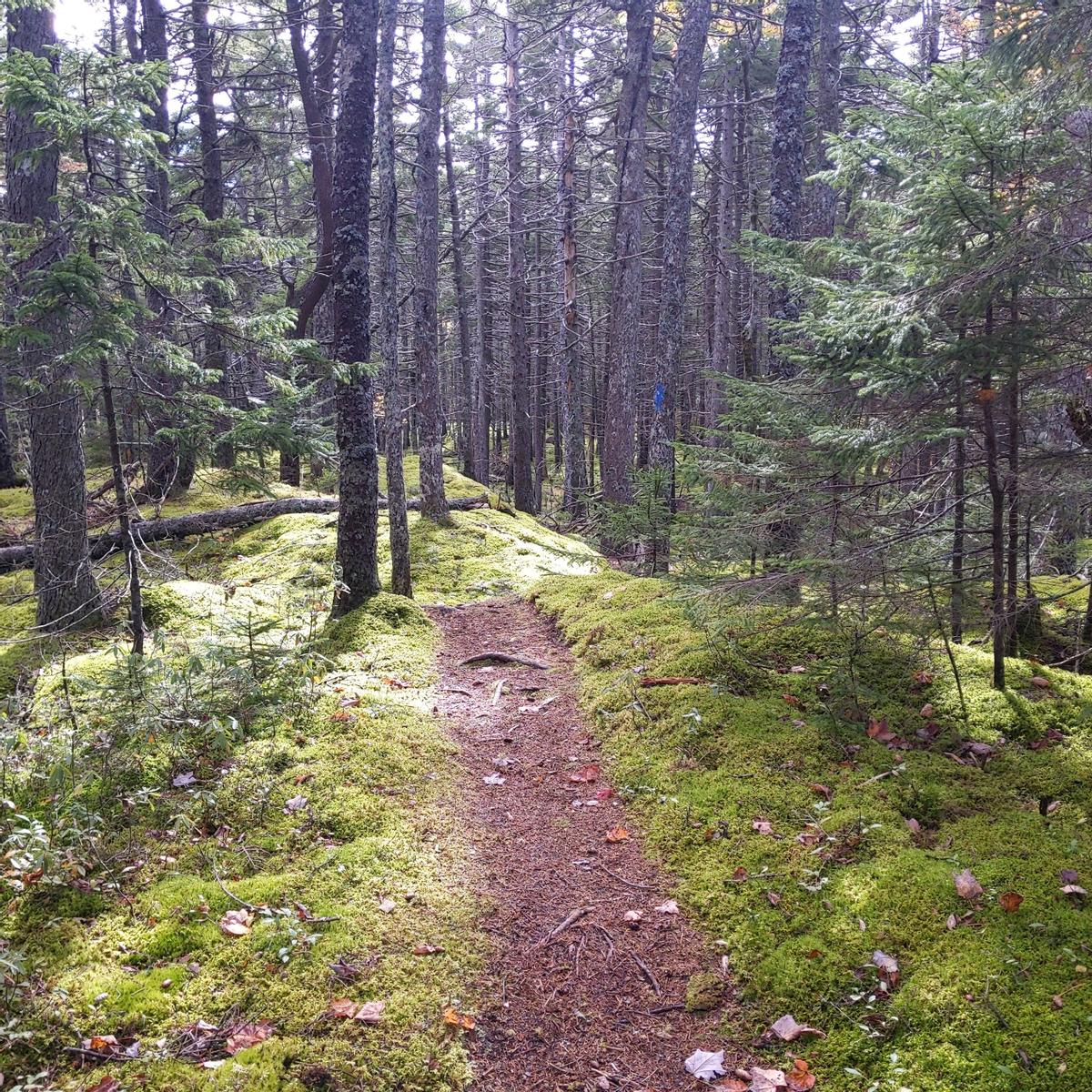
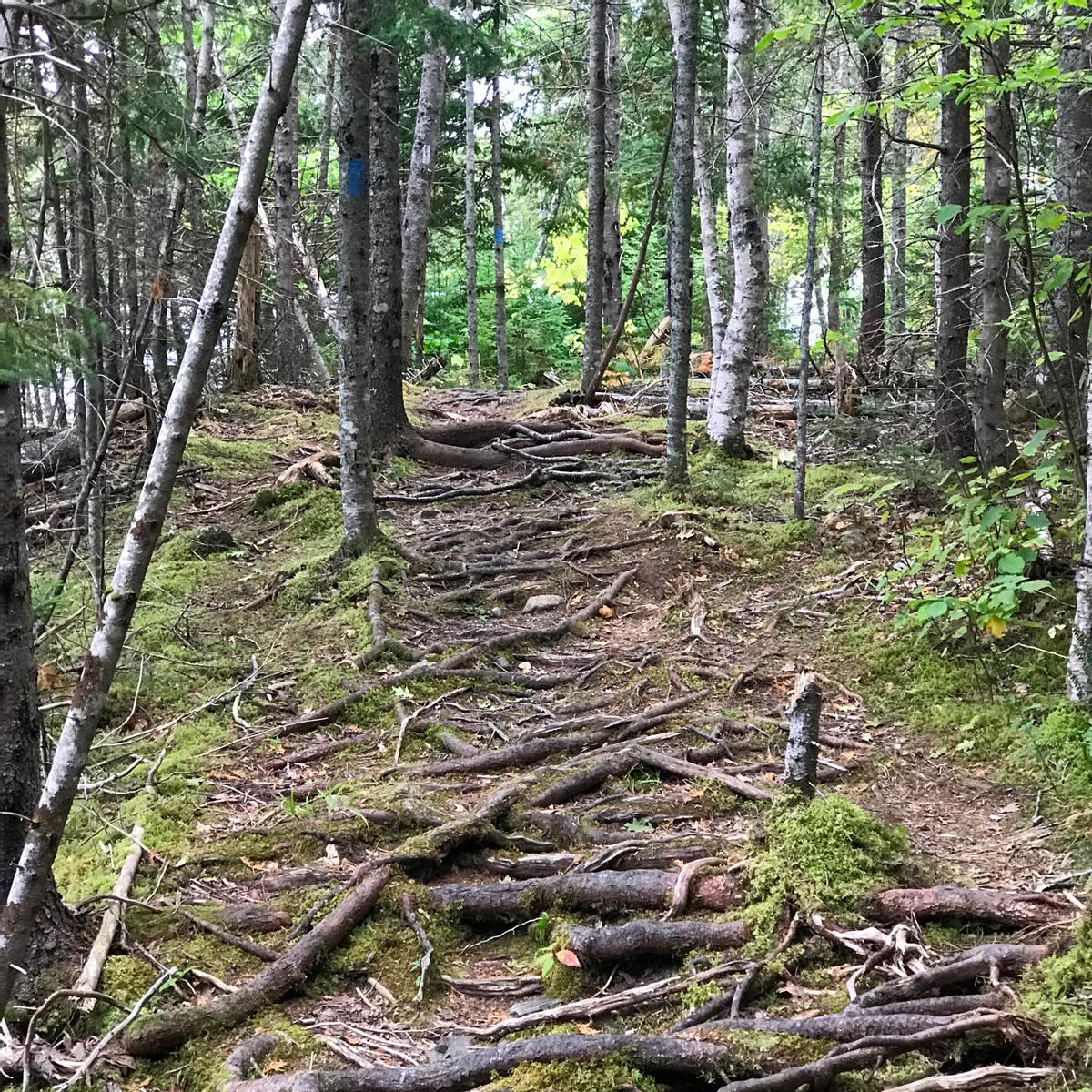
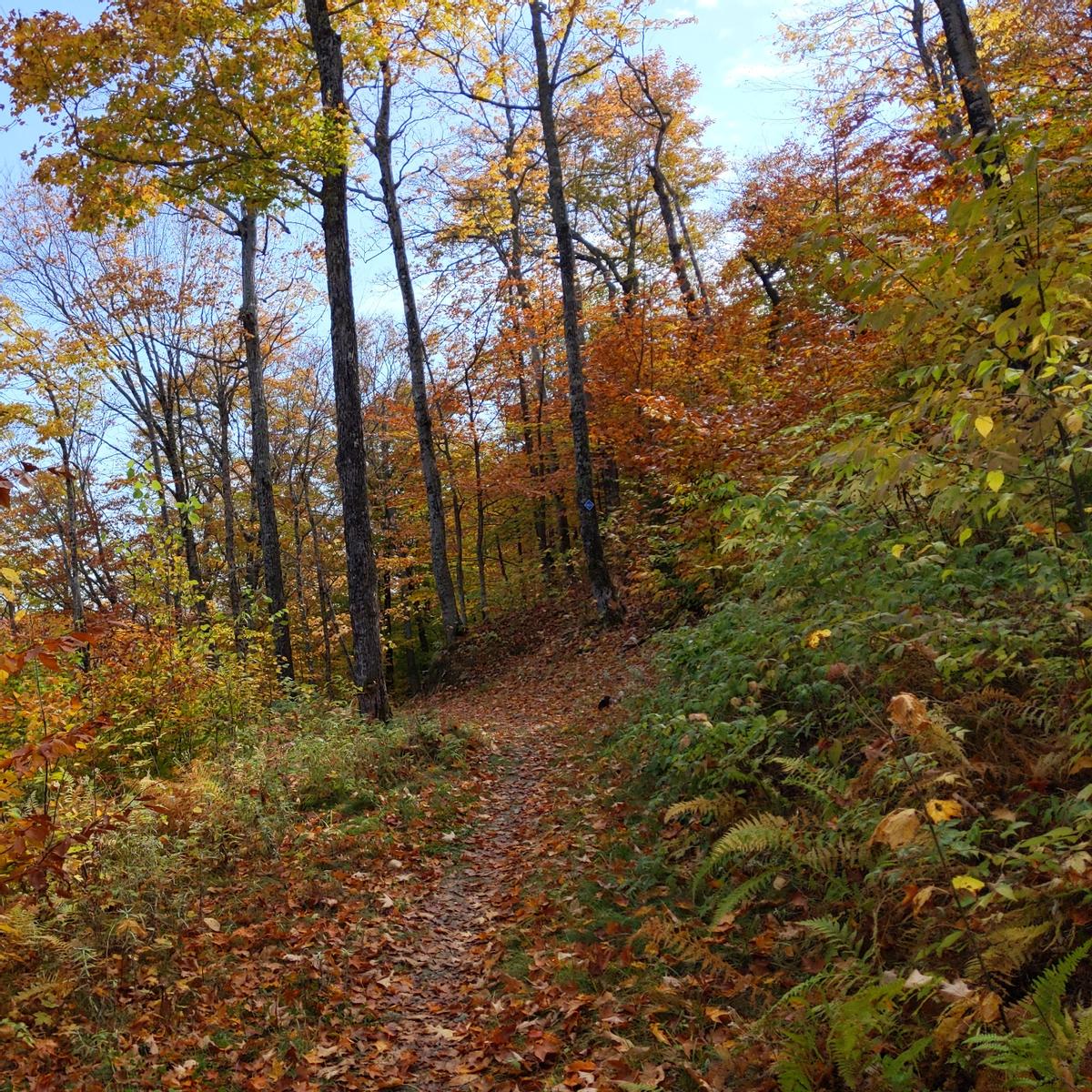
Most trails in Maine utilize the natural surface of the area they travel through and in much of the state, that means dirt. Trails with dirt/forest floor surface can be cushiony narrow paths through spruce forests, but they also can be quite rooty or covered in leaves. Depending on the type of soil, dirt/forest floor trails can be muddy or wet after a rain or in the spring.
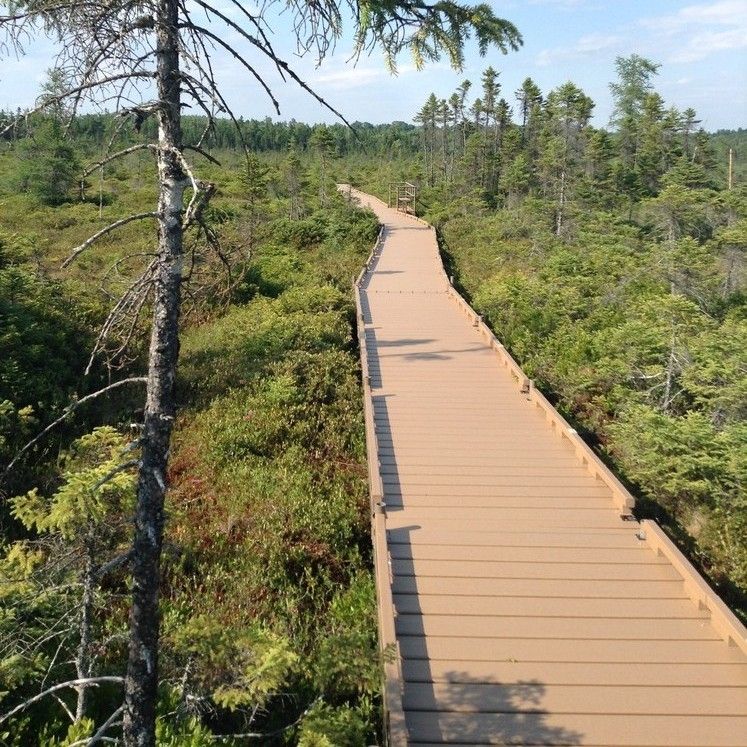
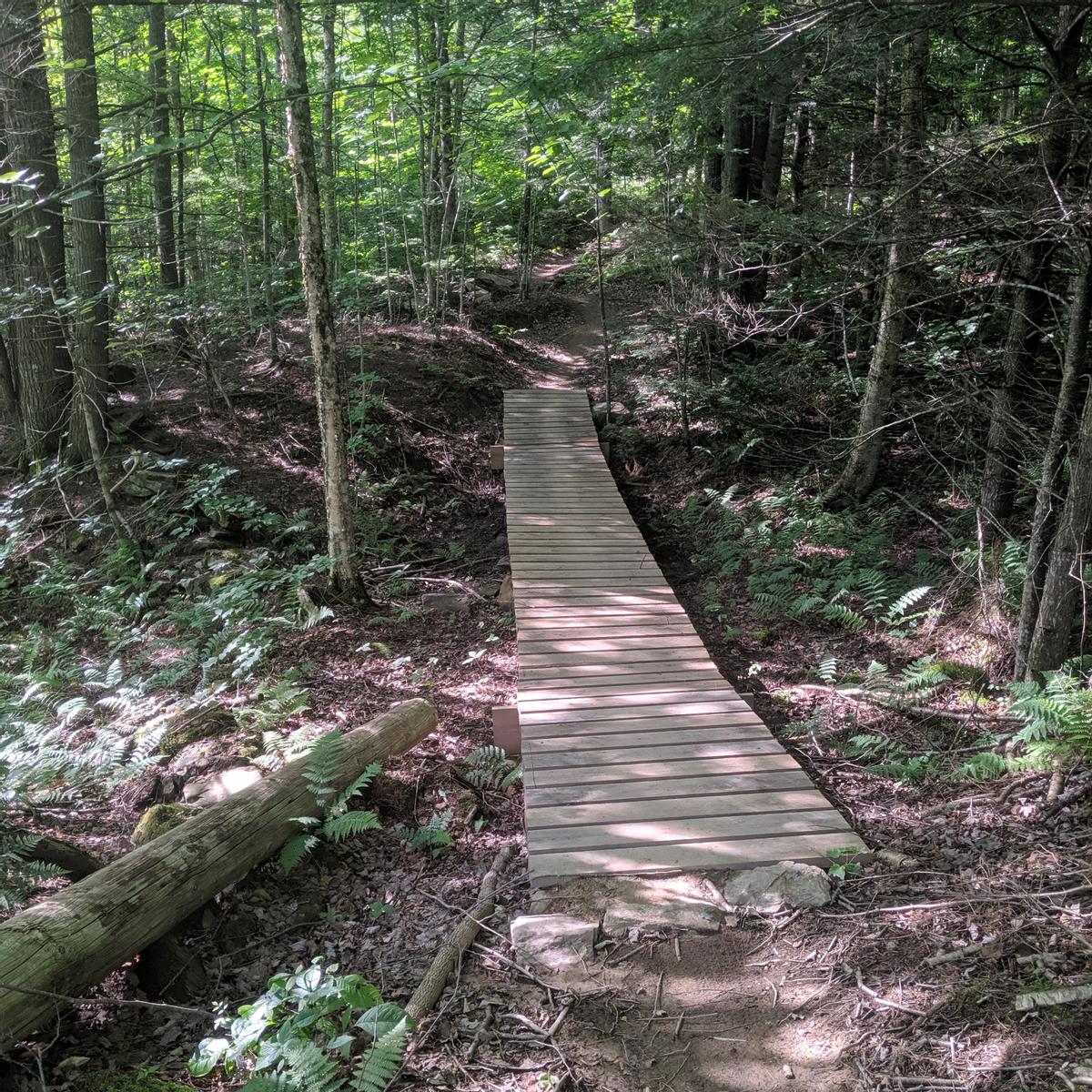
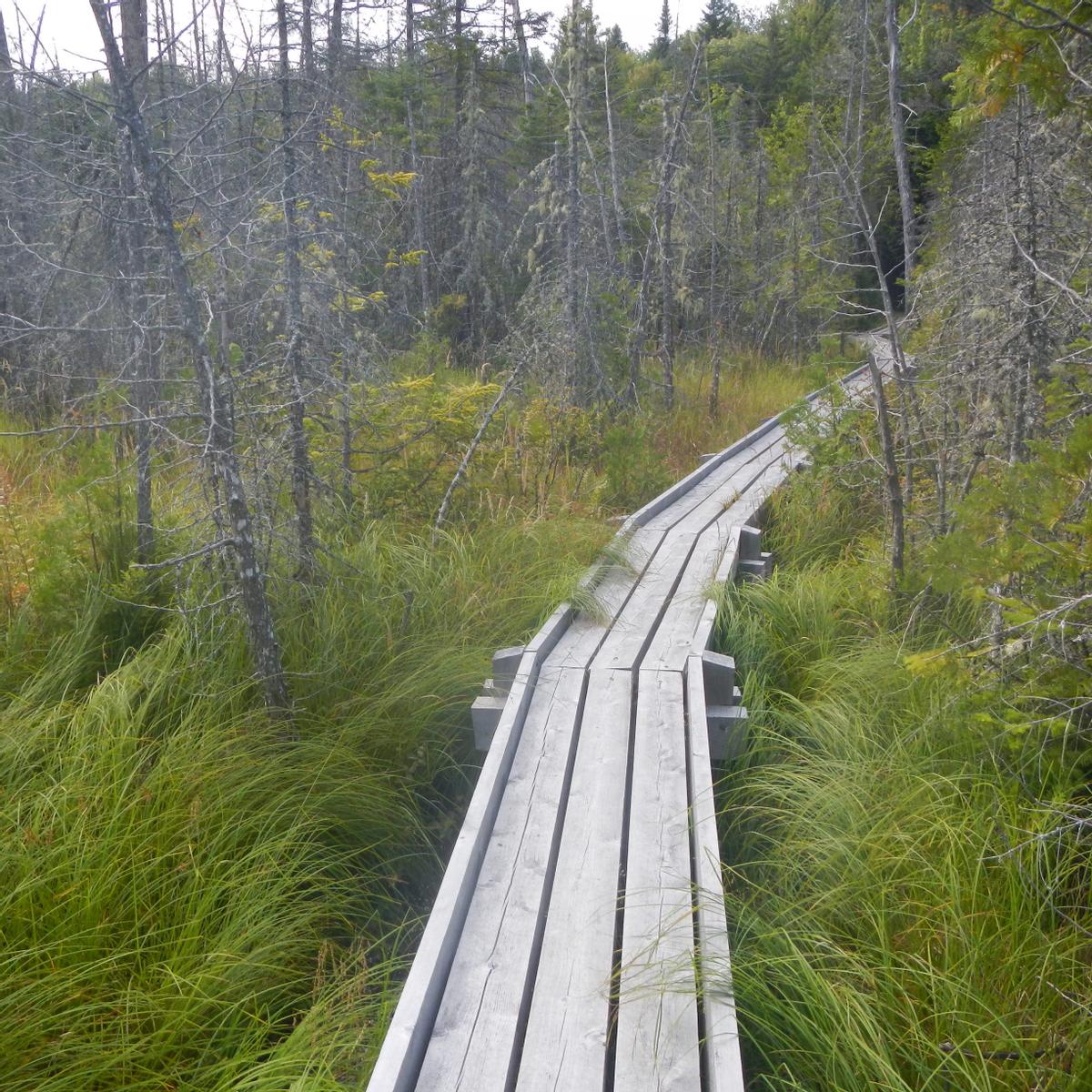
Trail managers use boardwalks to cross muddy or wet areas or to provide access to interesting ecosystems like bogs. Many boardwalks are wide and built to accommodate wheelchairs and strollers. However, there are also narrower boardwalks, often in the middle of trails where the rest of the trail is not accessible. Boardwalks are usually made from wooden boards, but can also be made from composite or plastic materials.
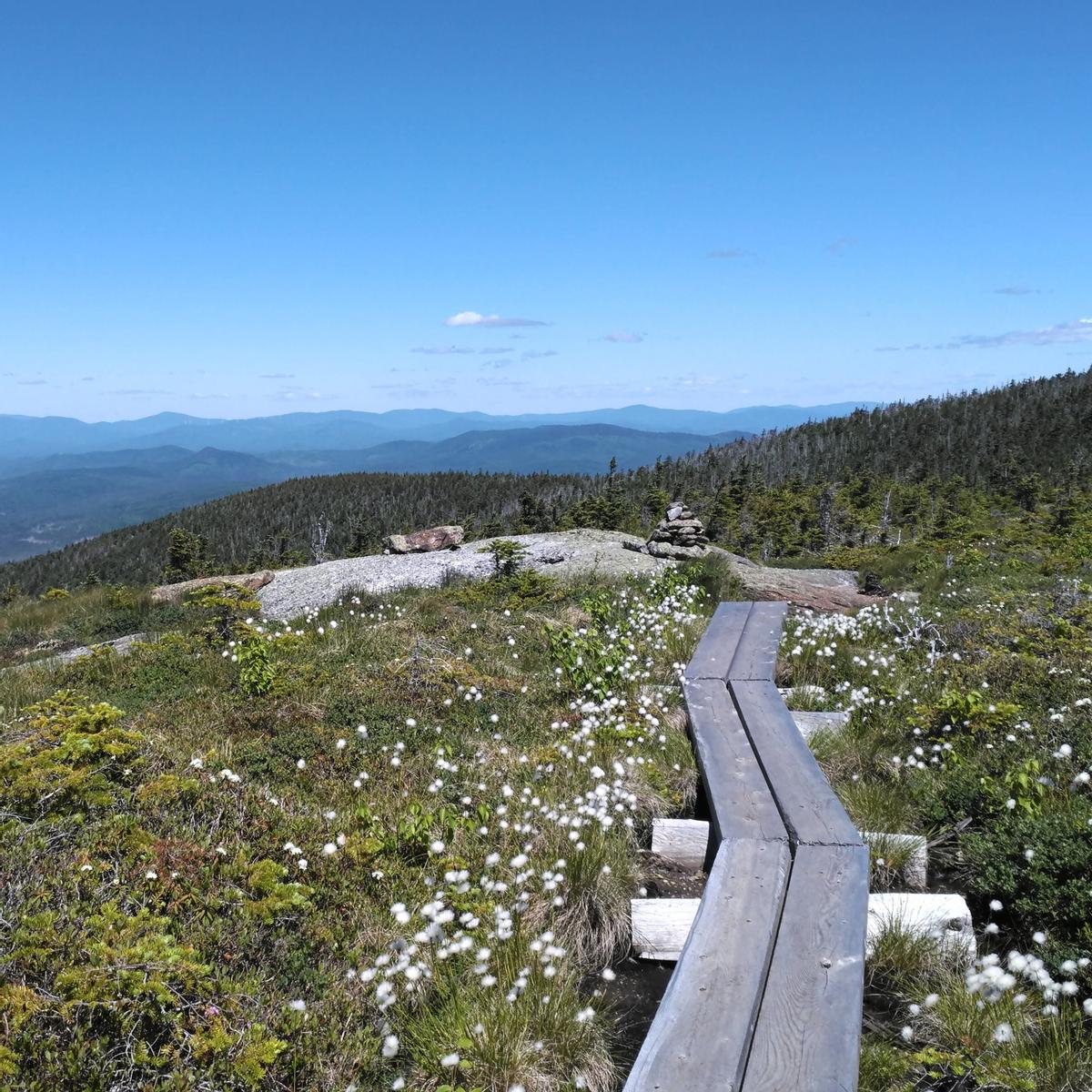
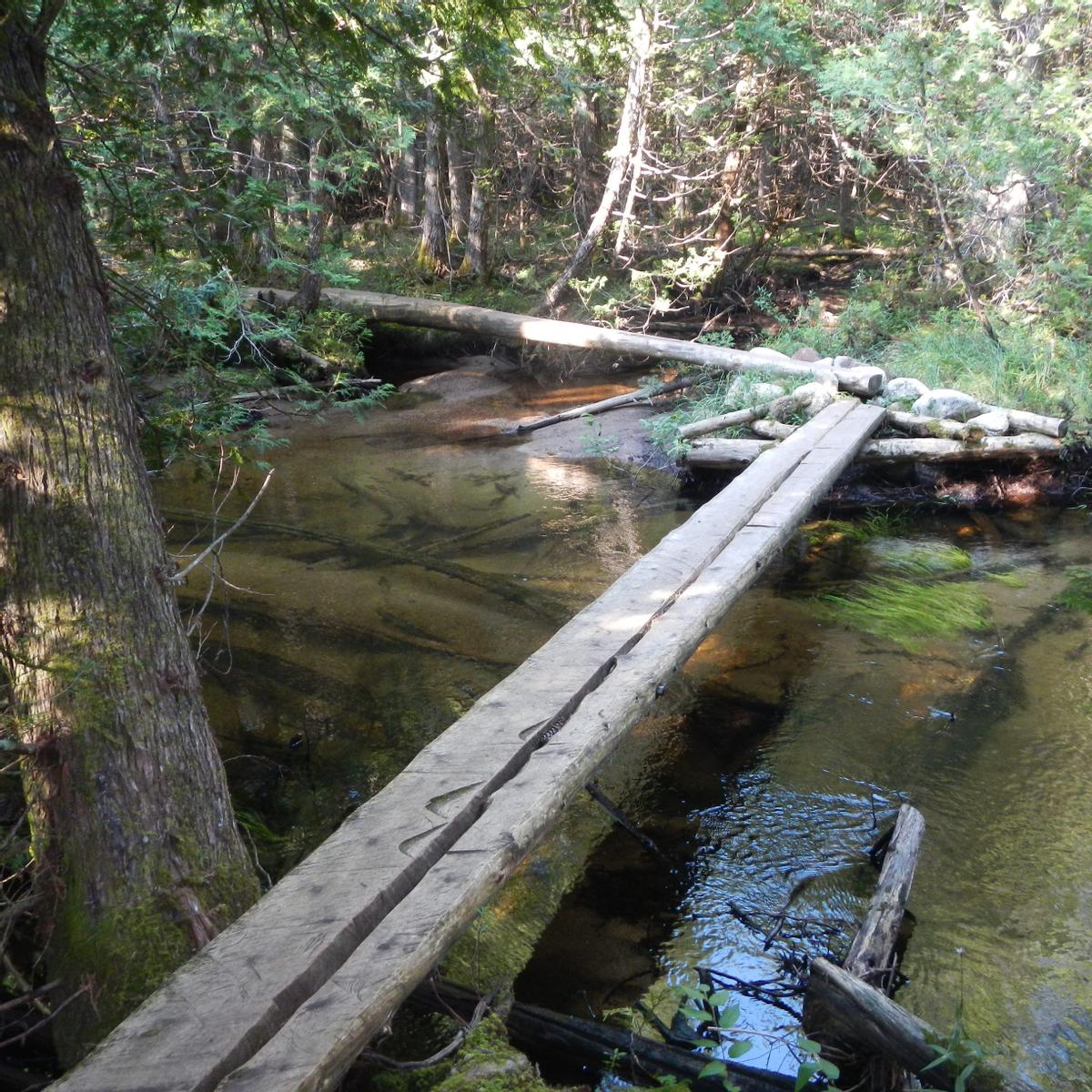
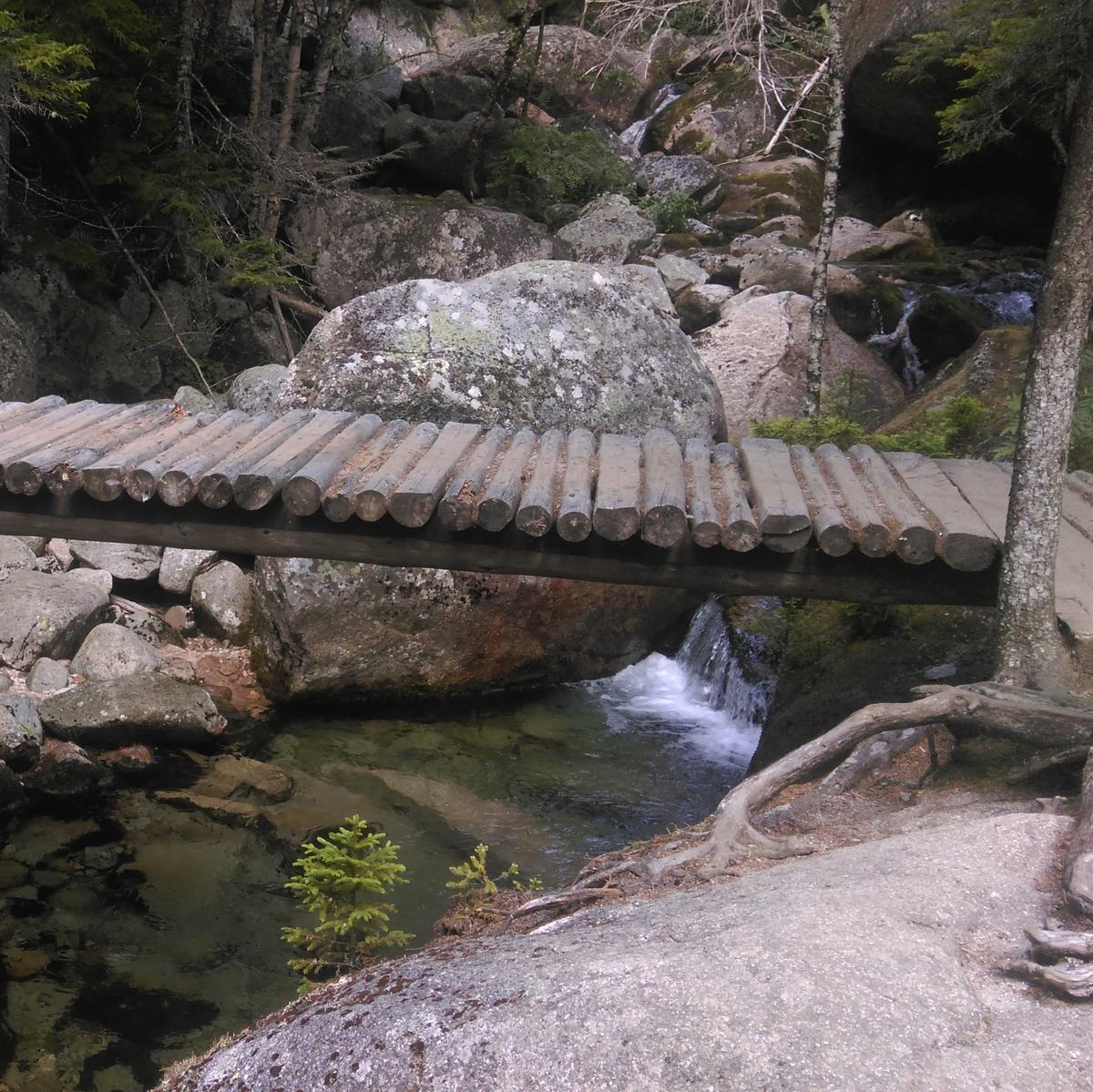
Bog bridges are also used to cross muddy and wet areas. They are much narrower than boardwalks and often are made of trees that were cut from the adjacent area. Many times, bog bridges are on more remote trails, but they are also found on some shorter and easier trails. Make sure to be careful when crossing bog bridges. They can be very slippery when wet!

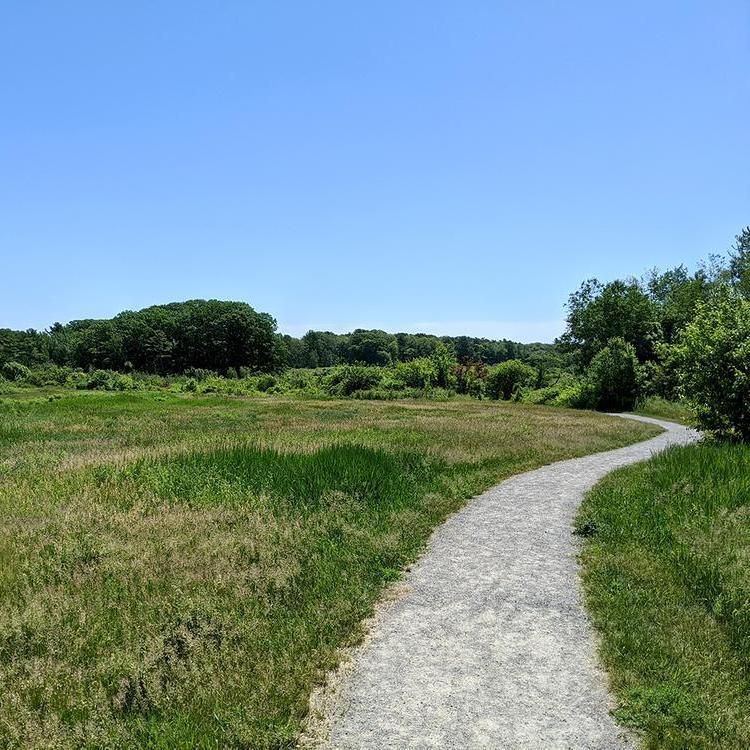
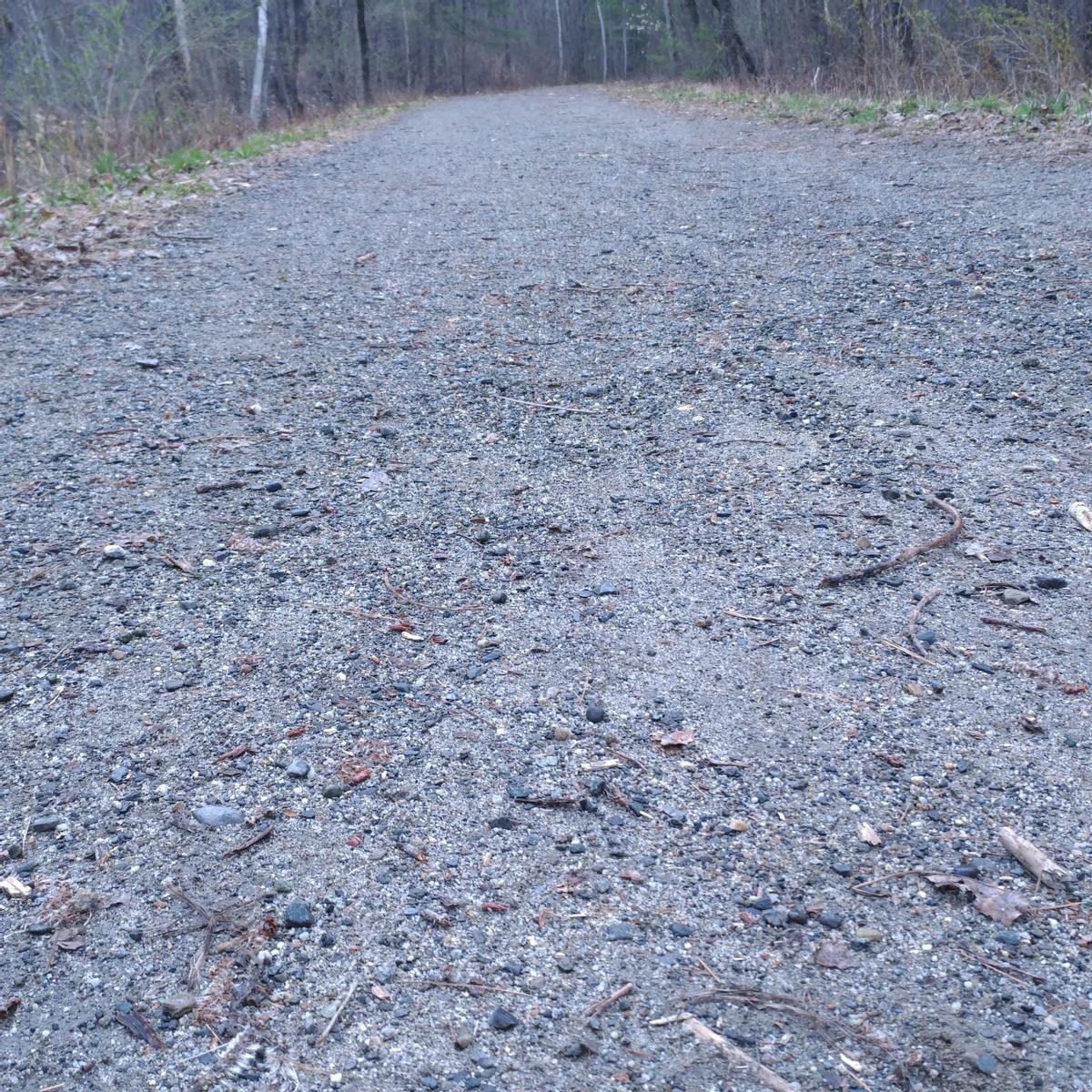
Trail managers sometimes import gravel and crushed stone to create a uniform trail surface. The size of the stones in the gravel can vary greatly. Many managers also use a compacted rock dust surface which hardens enough that many types of wheelchairs and strollers can travel over it. Although they generally drain better than dirt/forest floor trails, they can still be a become soft in spring or after heavy rain.
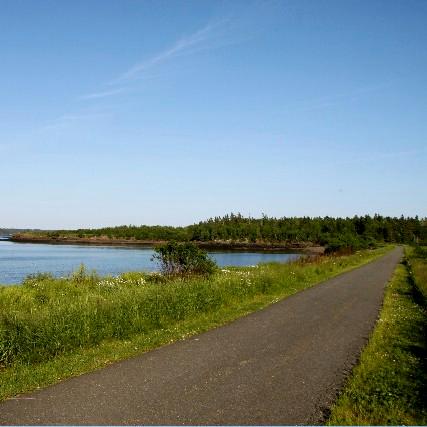
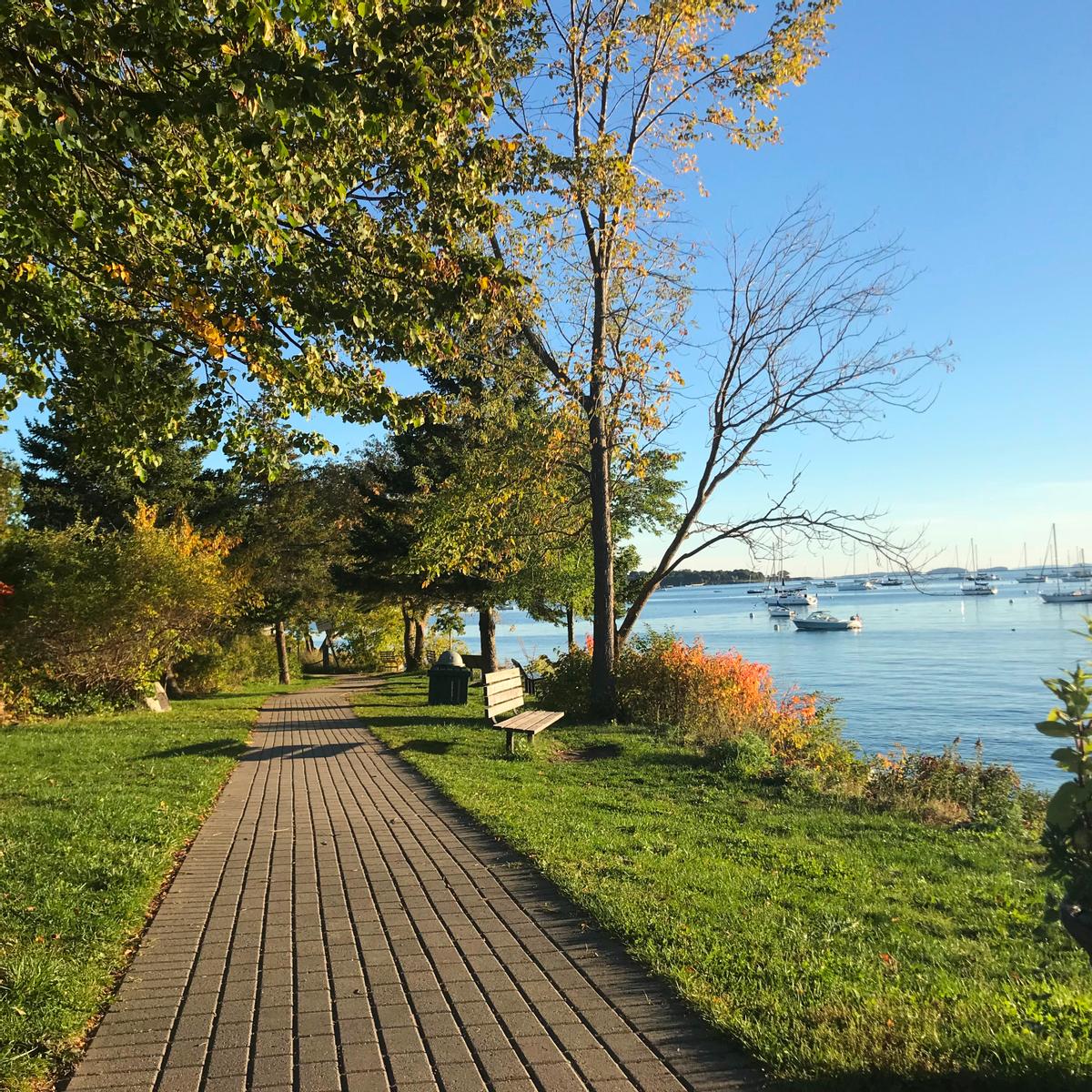
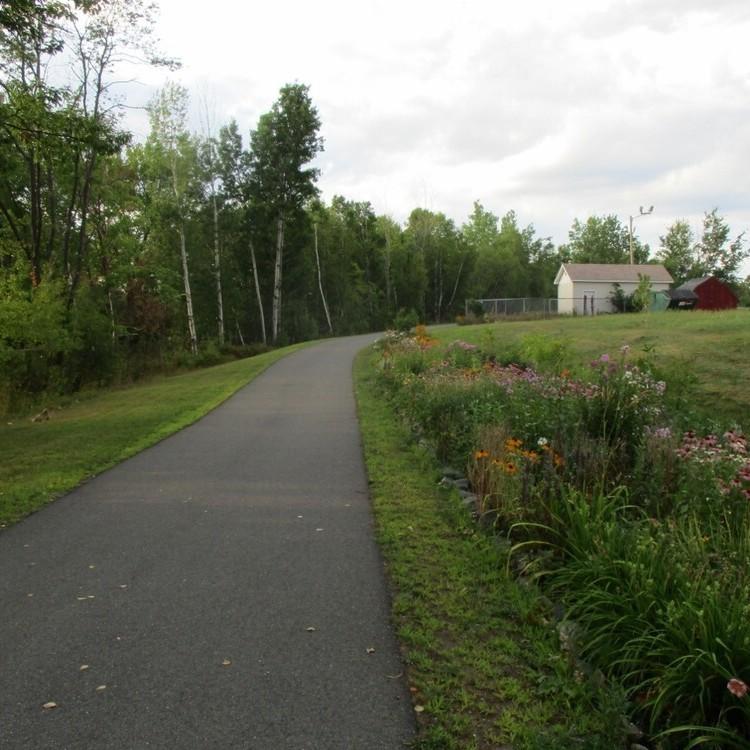
Paved trails are generally the most uniform trails in Maine. Usually they are paved with asphalt, but there are also brick and cement trails. Sometimes roots growing under the paved trail can create bumps that are hazardous to people using wheelchairs or strollers. Generally, paved trails are great in the spring and fall when other trails are muddy, though there can still be puddles.
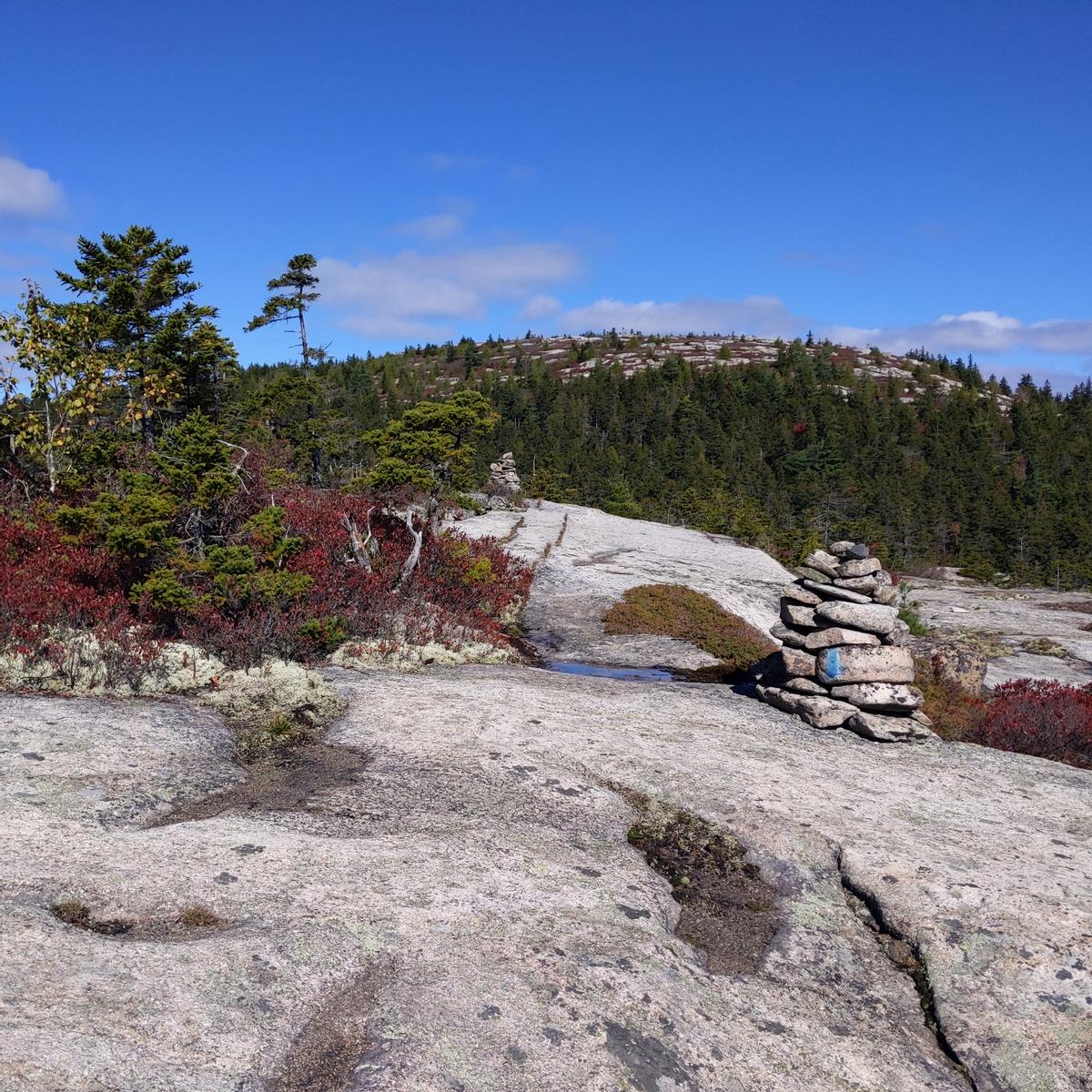
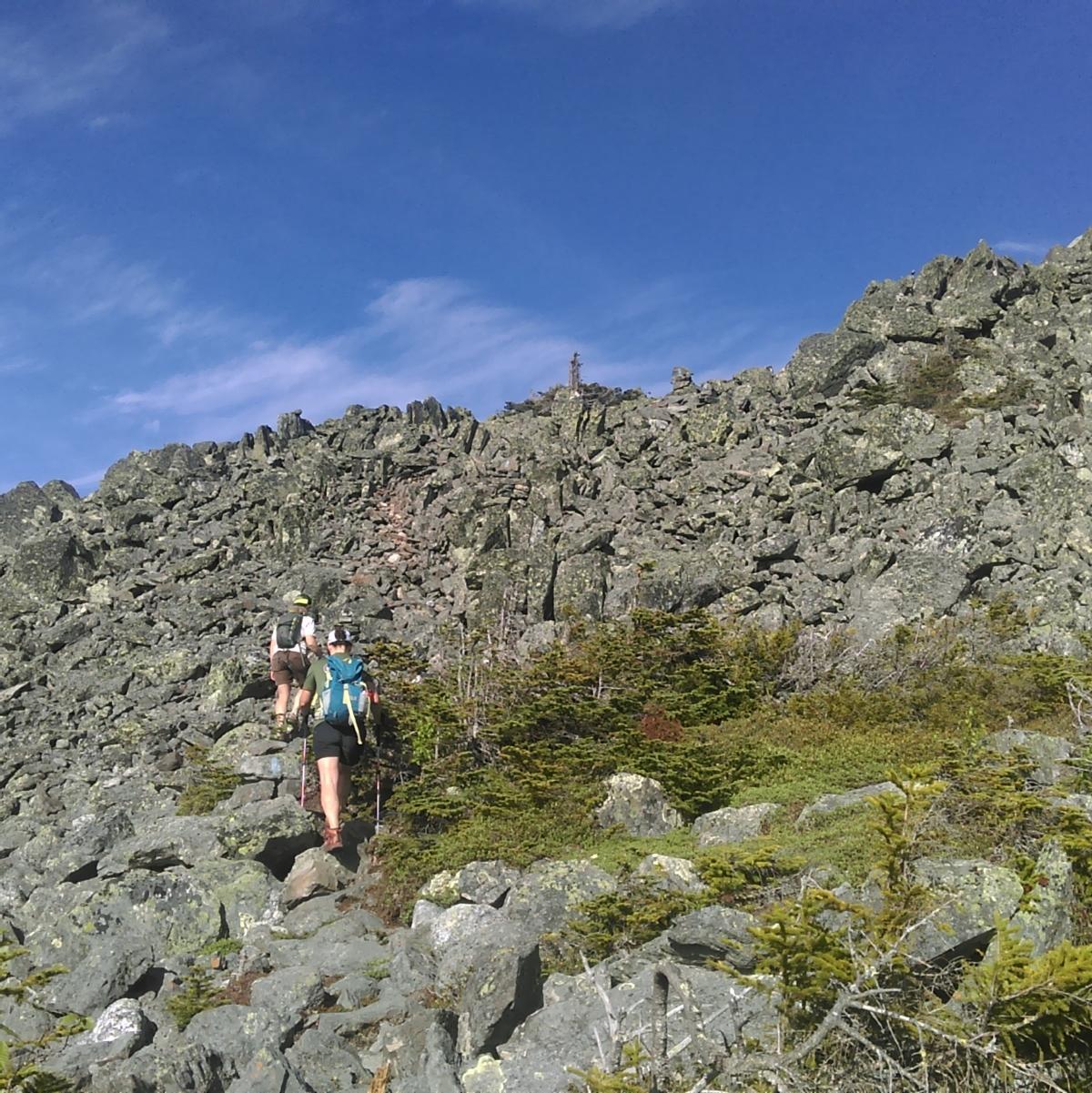
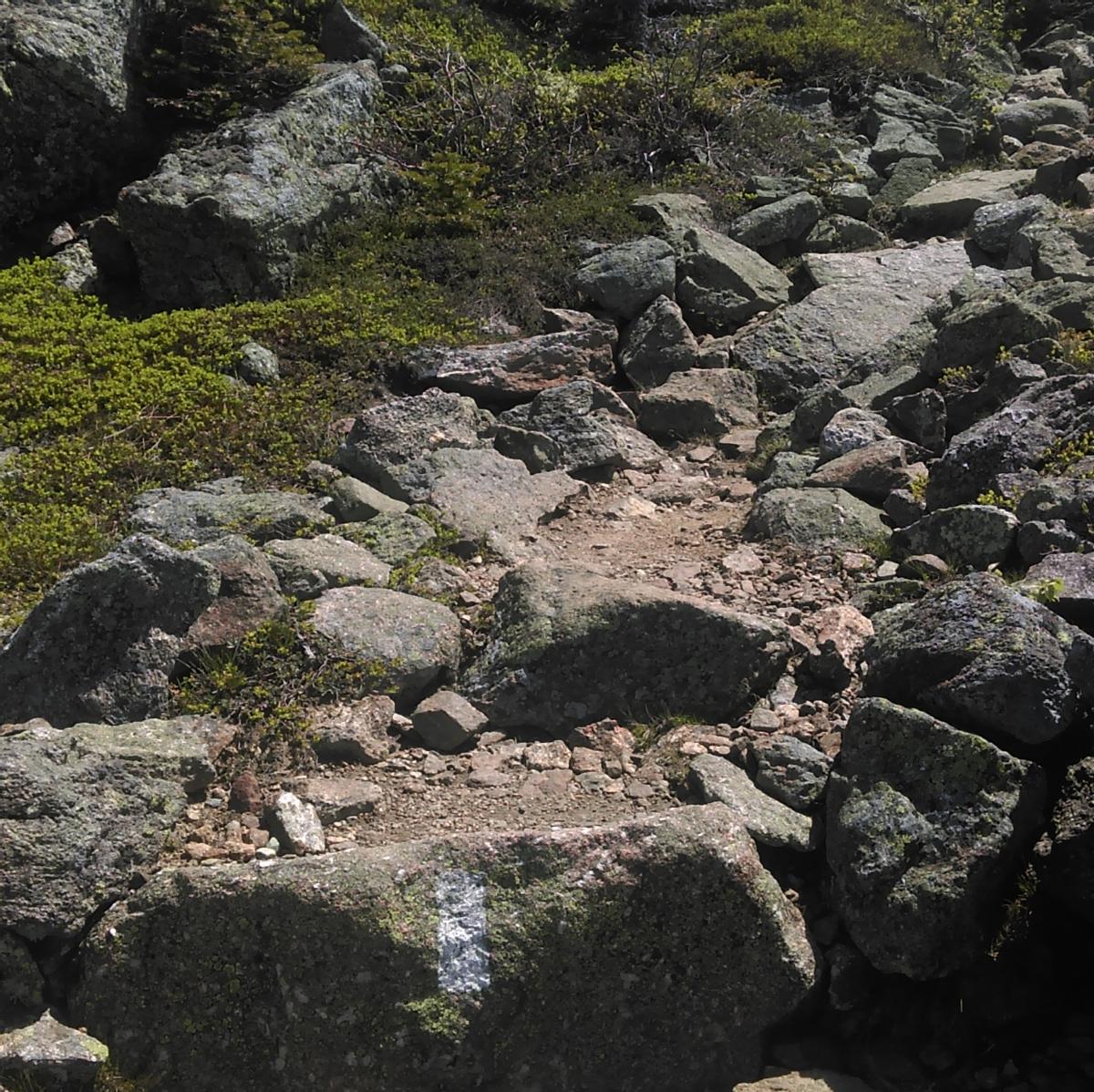
Maine is a very rocky state, and you often have to travel over rocks and ledge to get to where you want to go! Often, ledge trails are in the mountains and are rated strenuous and advanced, but some easier coastal trails can also go over ledge. Depending on the type of rock, these trails can be slippery when wet. Ledge trails often use rock cairns or blazes painted onto the rocks to indicate where the trail goes.
Rocky trails are also found across the state, but especially in the mountains. Take care on mid to small-sized rocks because they can shift under your feet. Rocks are also used to create staircases and waterbars that reduce erosion on steep areas and step stones that allow you to cross wet areas. Wear sturdy shoes or boots and be prepared to walk on rocks!
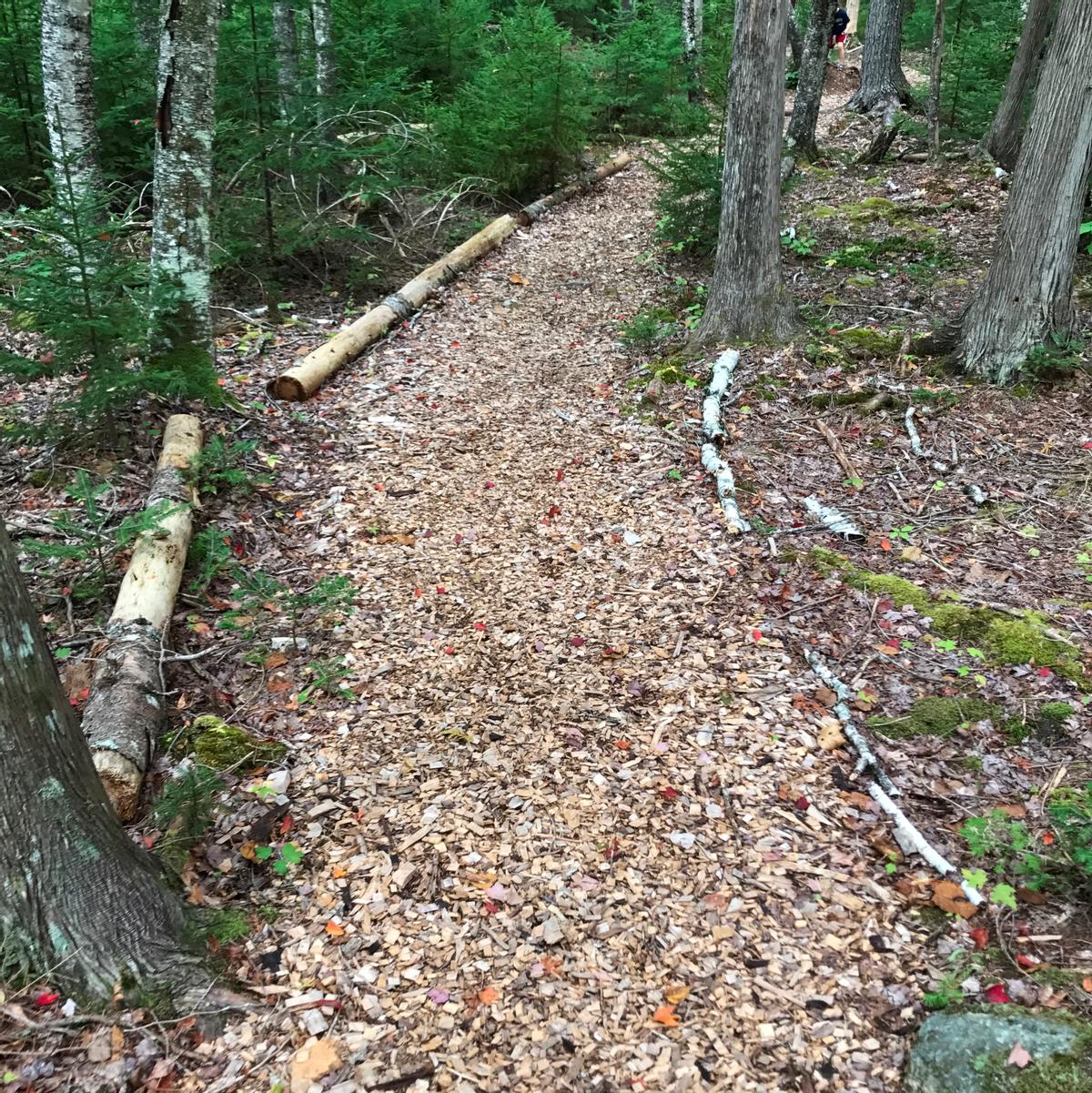
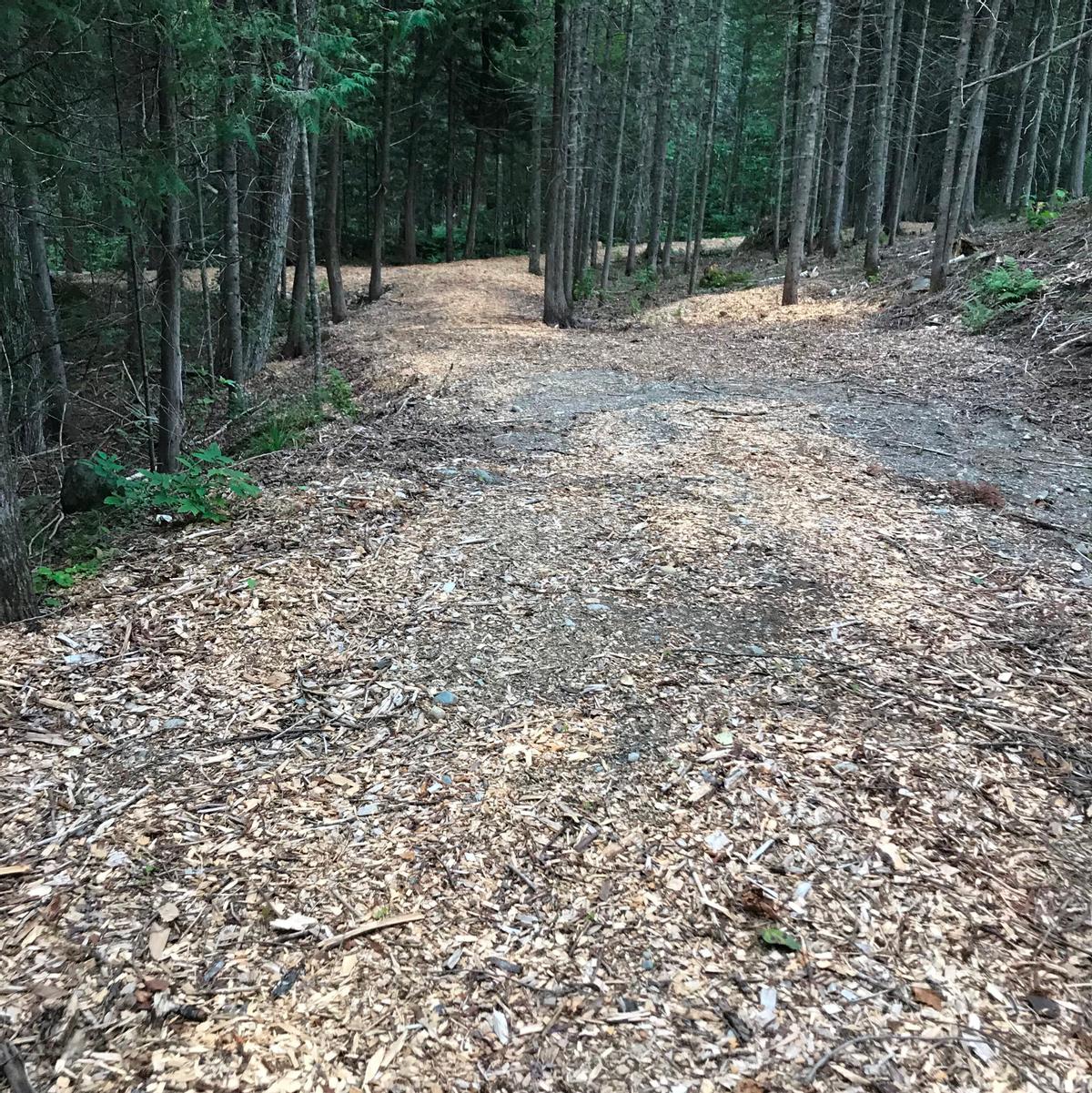
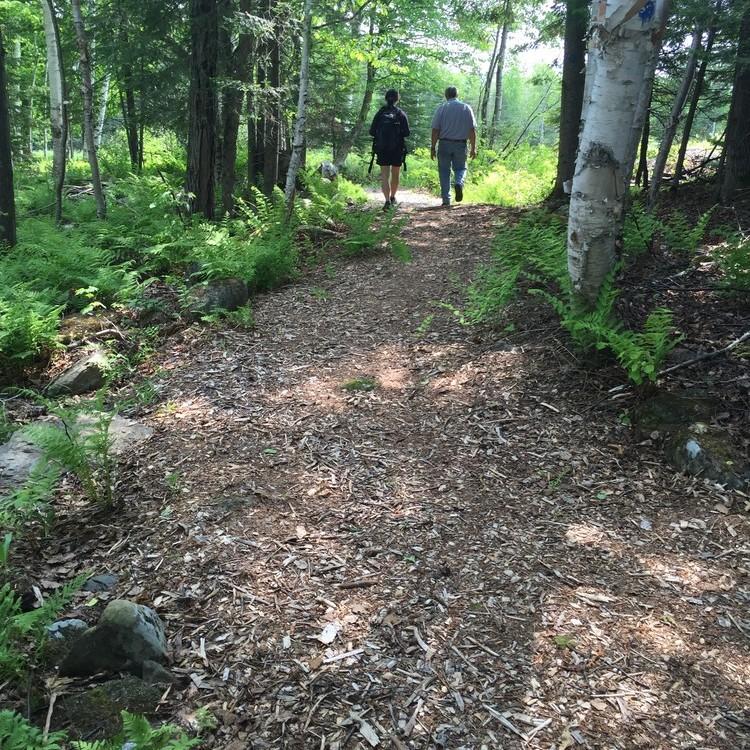
As with gravel, trail managers use wood chips to create a more even surface on trails. Woodchip trails can vary greatly because unlike gravel, they decompose over time and need to be replaced.
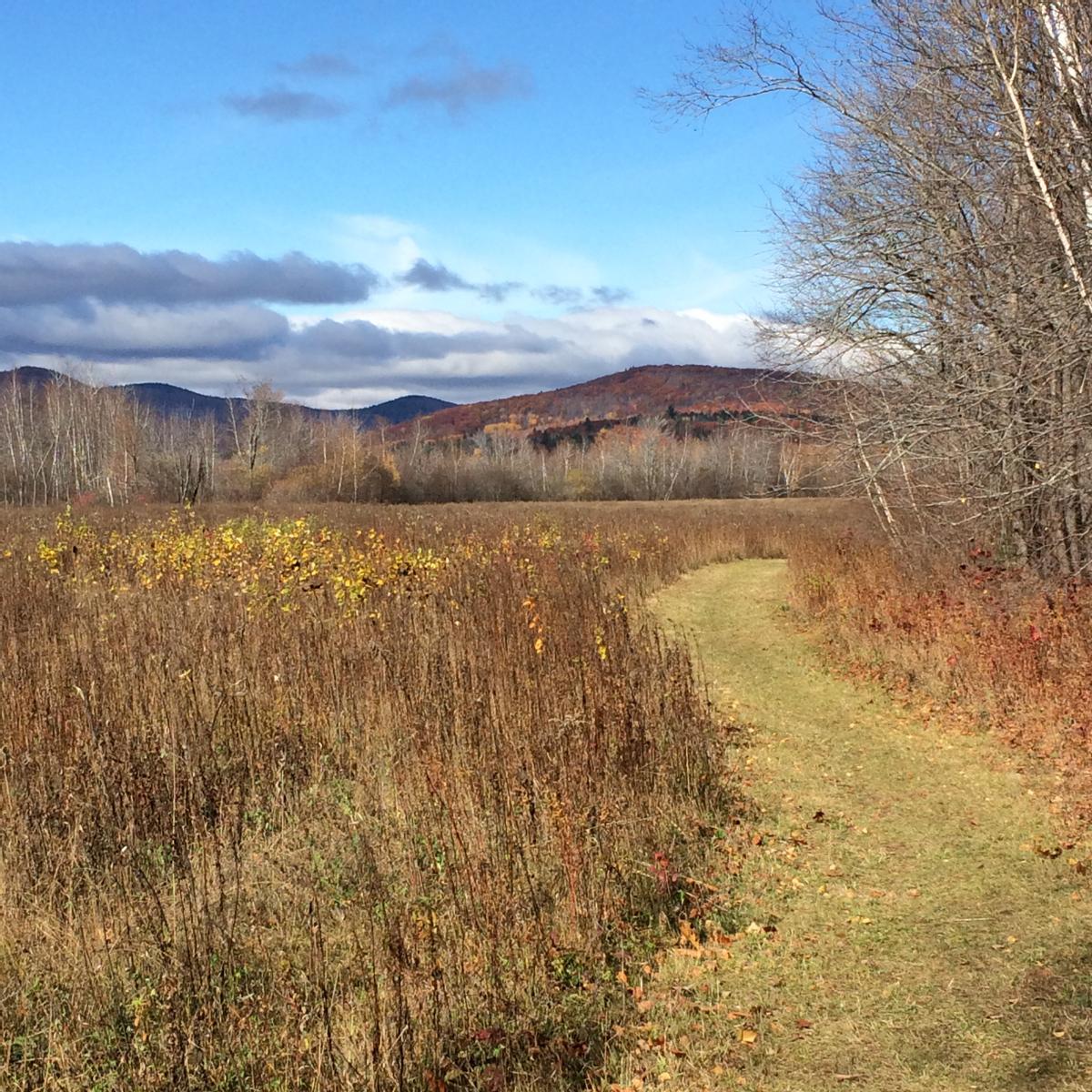
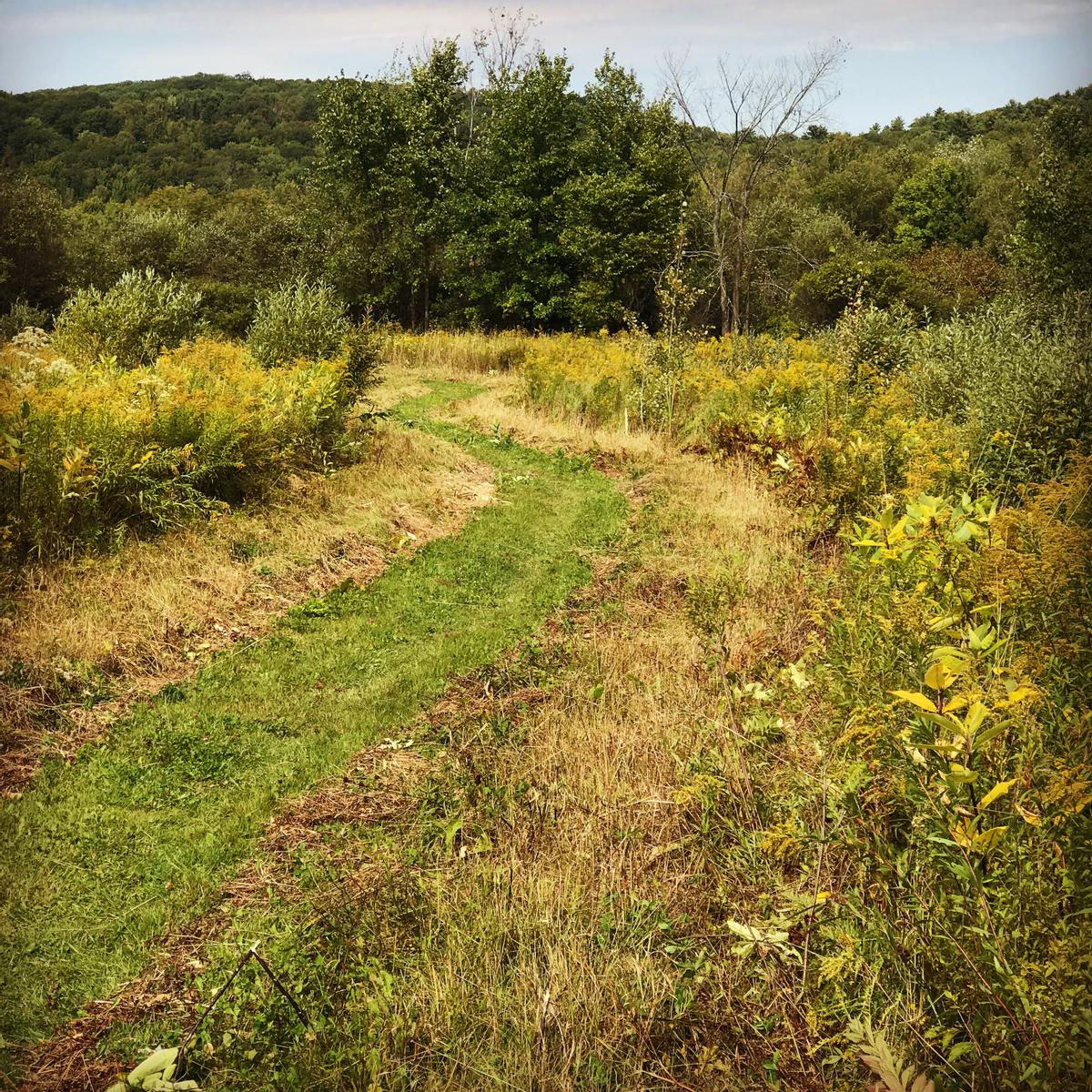

Mowed trails through meadows can be quite pleasant, particularly in the summer when wildflowers are blooming. The grass height can vary tremendously depending on the mowing schedule. Also, grass trails can be soft and wet in the spring or after a heavy rain.
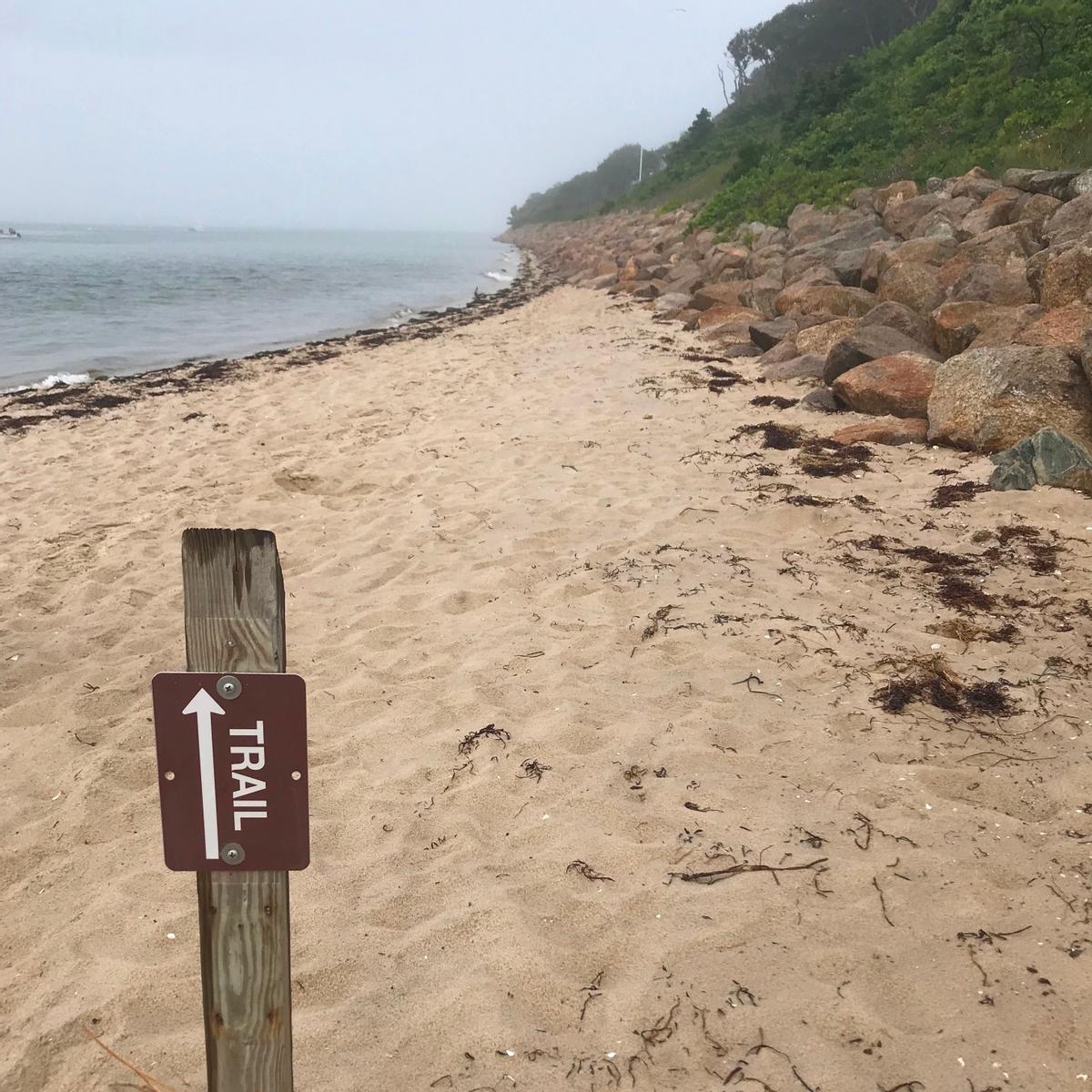


The sandy sections of trails are generally short, but they can take quite a bit of effort to cross if the sand is soft. Mostly, they are along the coast, but some lakeside trails also go through sandy areas. Wet sand is generally a bit firmer to walk on than sand above the high tide line.
Paddling trails, like land trails, access beautiful parts of Maine. Also like land trails, they vary greatly in difficulty and the "surface" is part of what might make a paddling trail easier or harder.

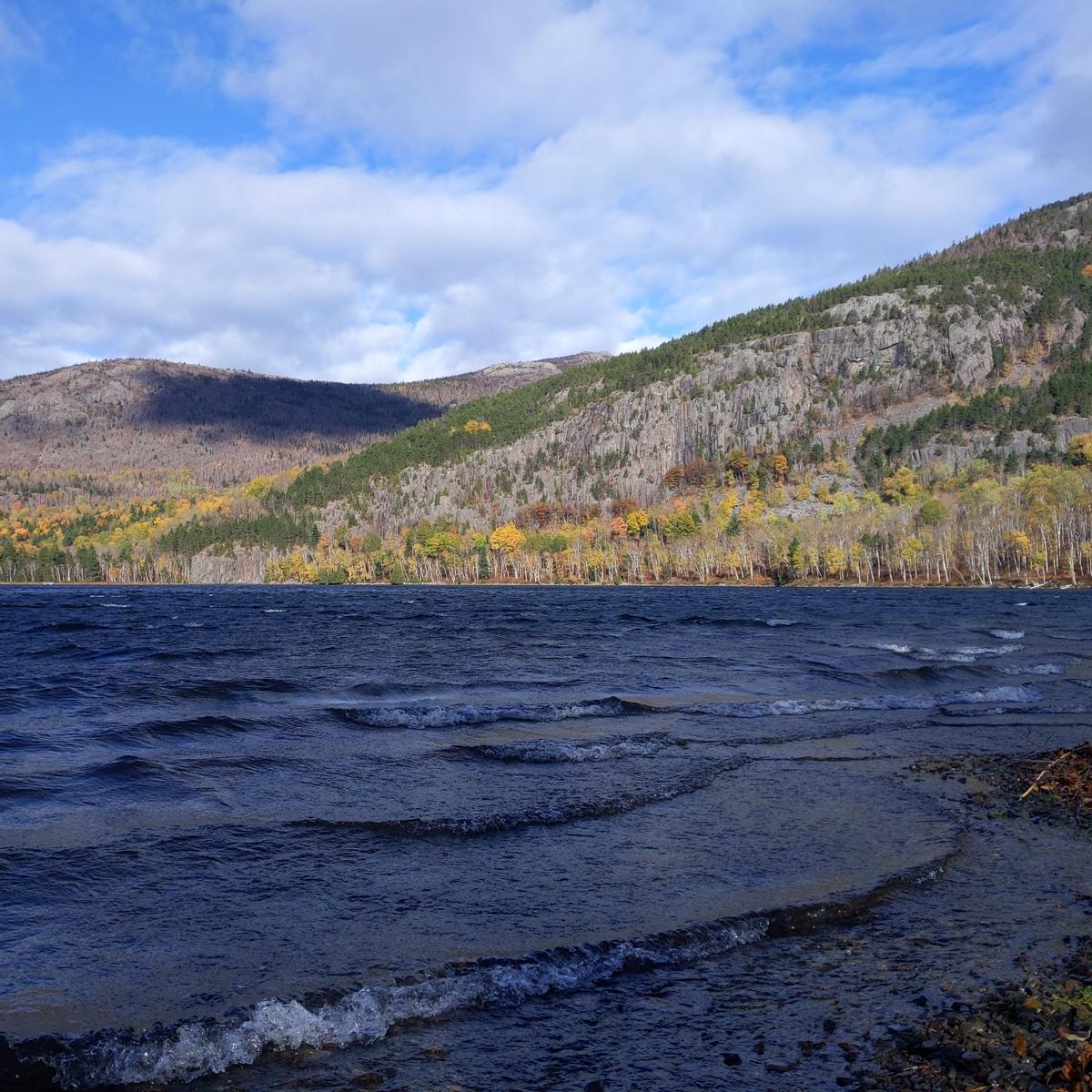
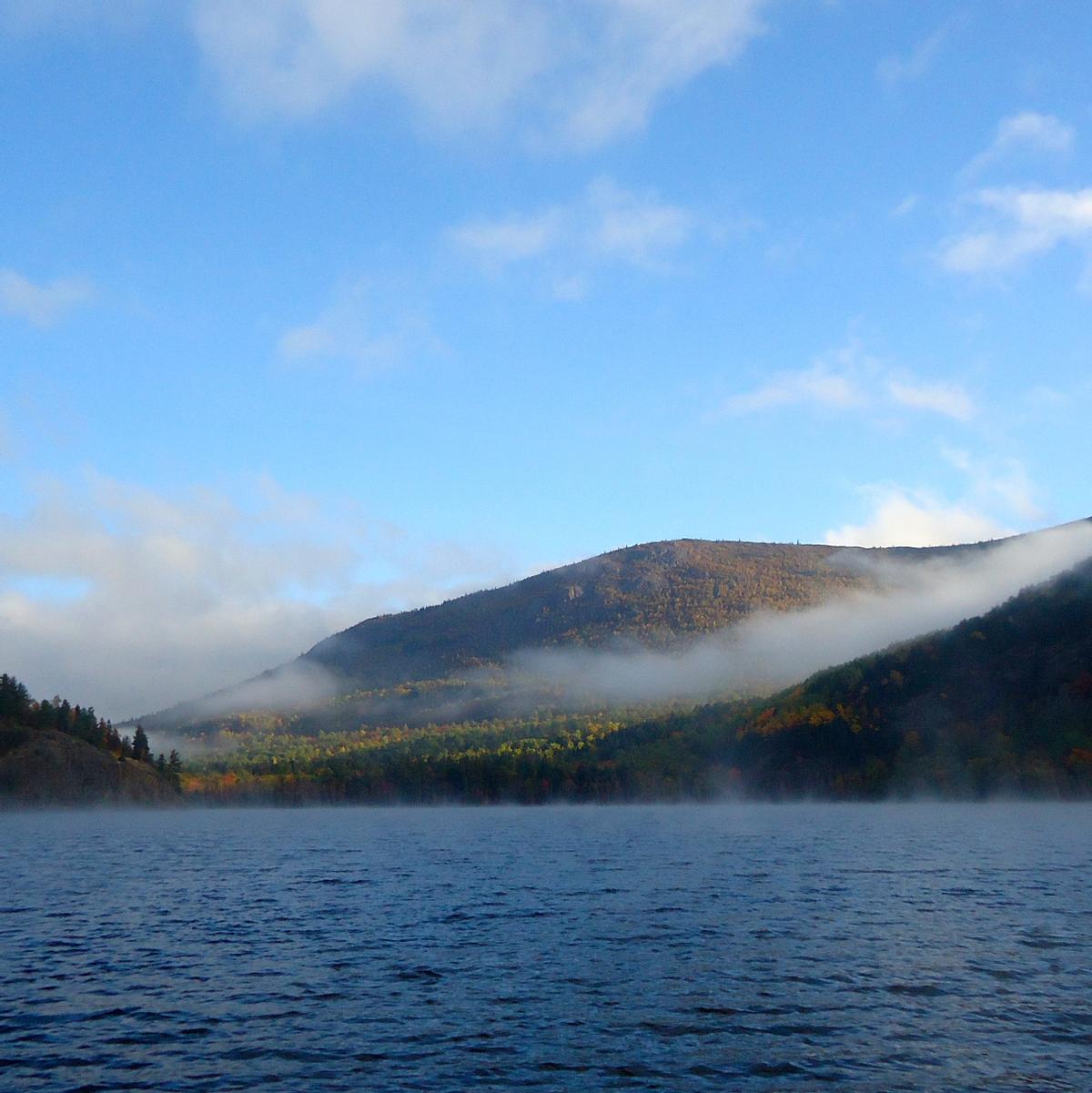
Because there is no current, lakes and ponds can be great places for beginning paddlers to learn the sport. However, please keep in mind that wind can create challenging conditions, particularly on large lakes.




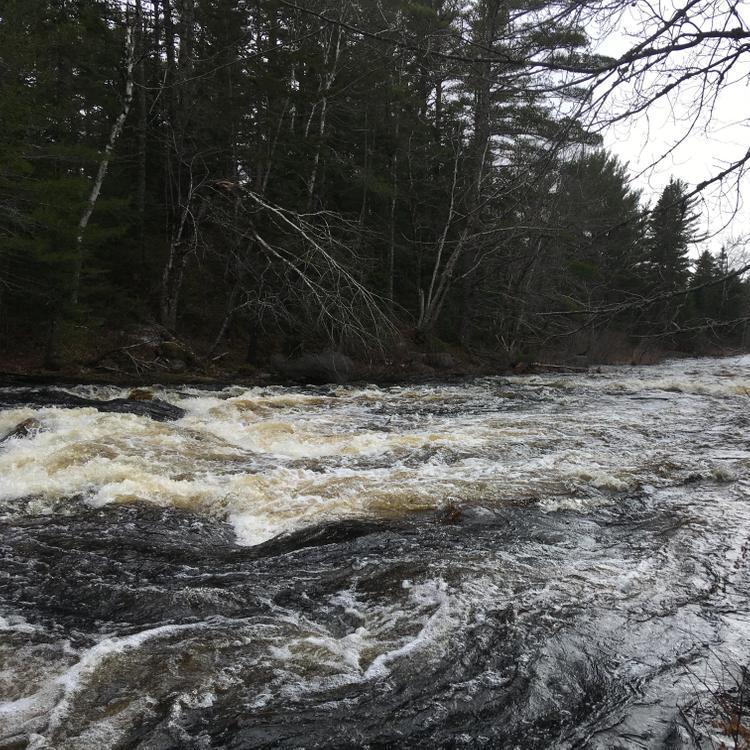
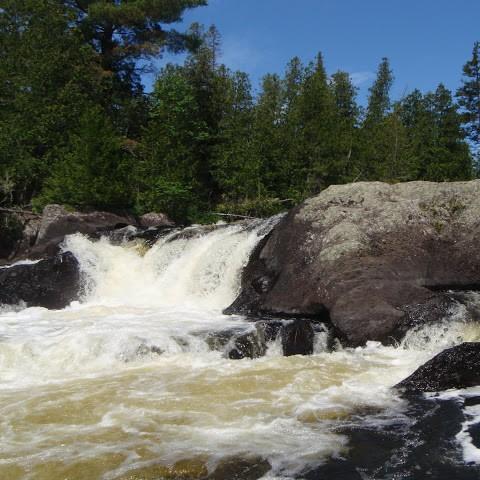
Rivers and streams are great places to paddle in your choice of watercraft. The difficulty can range from slow-moving, flatwater paddling to treacherous rapids and waterfalls, sometimes on the same stretch of river. Narrow streams can become dangerous when fallen trees create obstacles that water passes through, causing "strainers." Besides natural challenges, many rivers and streams also have dams and other manmade structures that require carrying around. Always check the trail map for noted hazards, recommended portages, and rapids ratings. Water levels can vary widely by season and rainfall; if possible, it is a good idea to check the water level of the river you plan to visit on the USGS website.
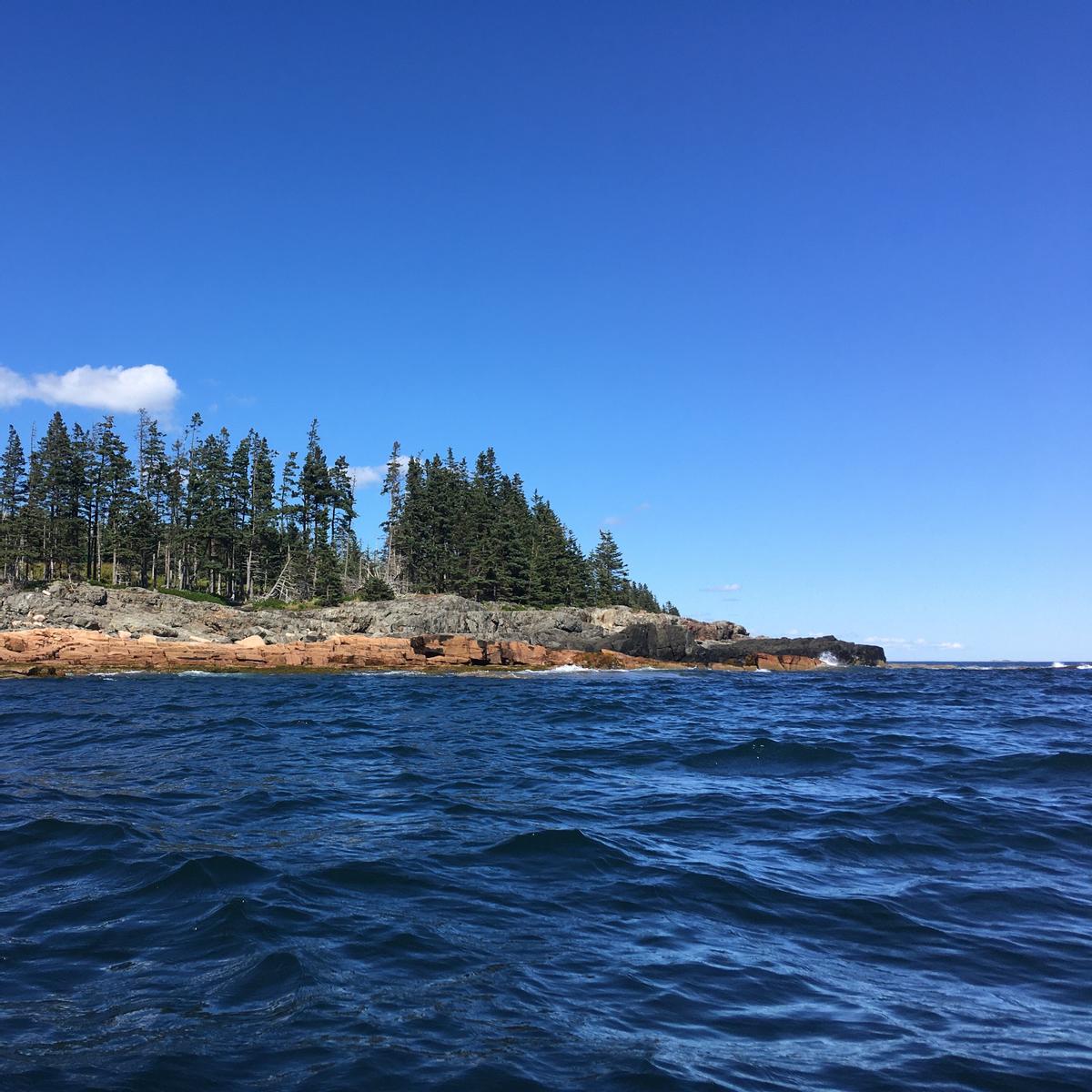
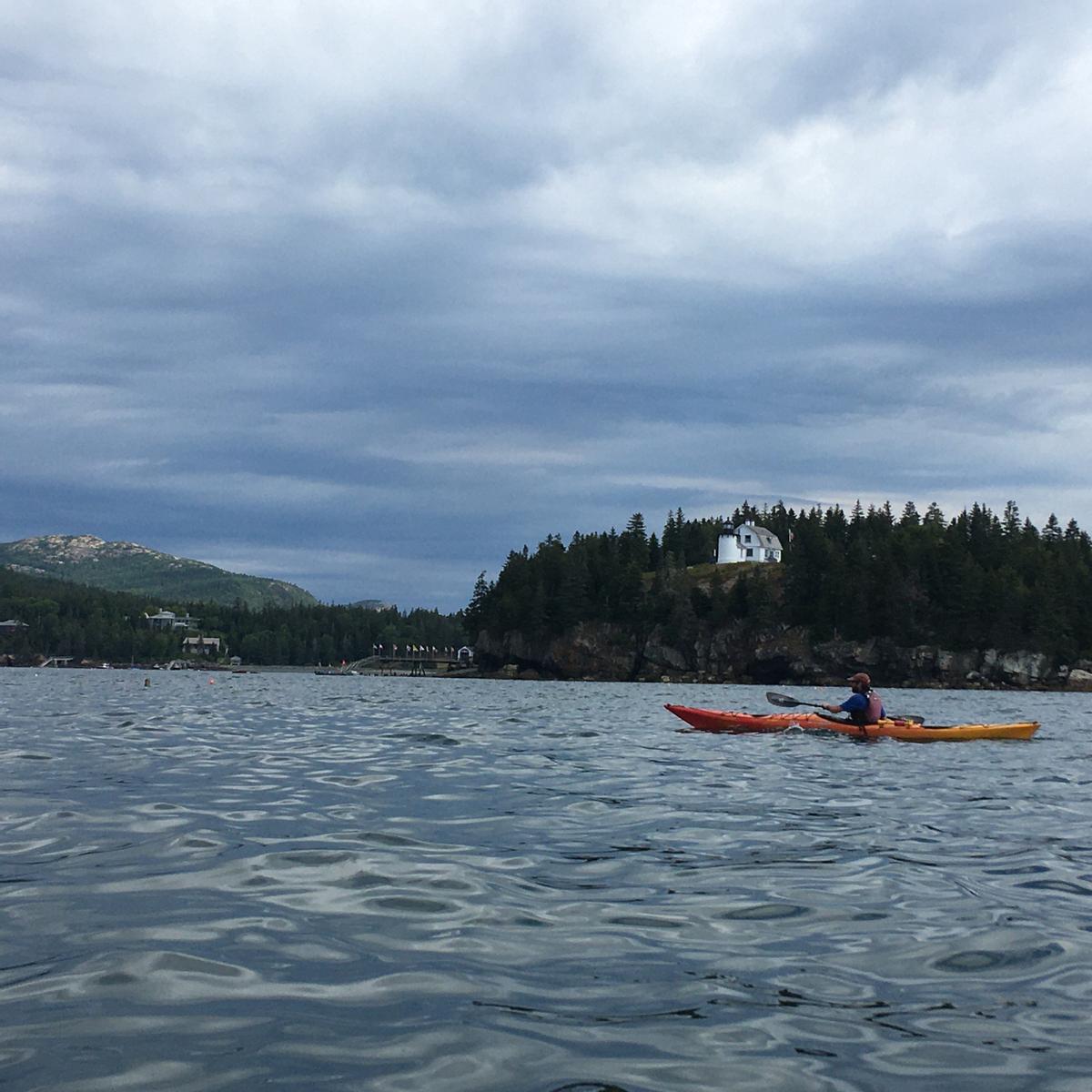
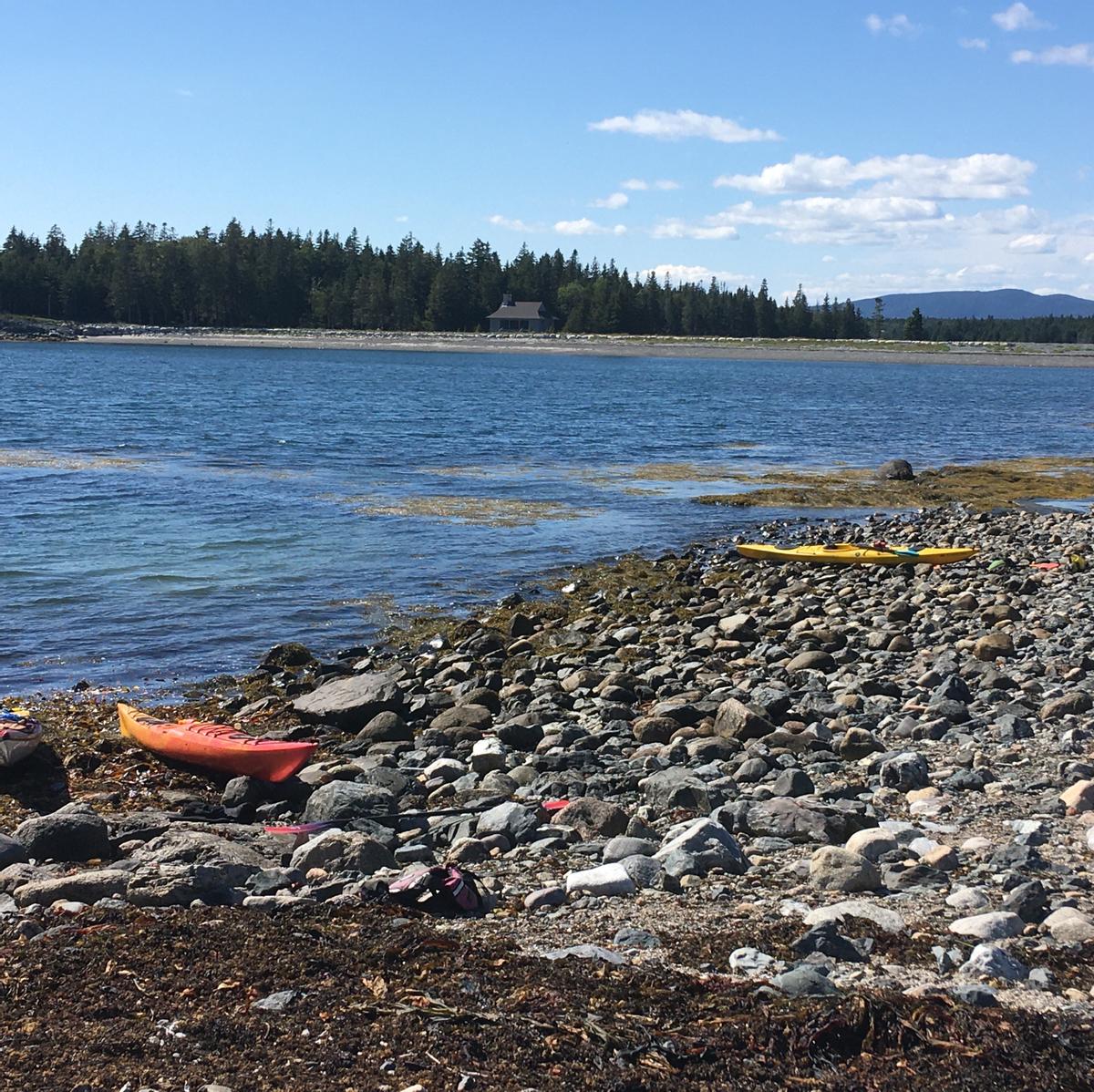
With countless islands, bays and inlets, Maine's coast can be a great place to paddle. However, paddling conditions can change drastically hour by hour. Always be aware of weather conditions and forecasts, and be prepared for cold water temperatures at all times of year. And of course, always know the tide schedule. On Maine Trail Finder, we list any paddling trail that may be affected by tides as coastal.
The two winter surface types, groomed and ungroomed snow, are primarily used to differentiate between types of ski trails. However, with the growing popularity of fat biking, more singletrack trails are being groomed for that specific purpose.
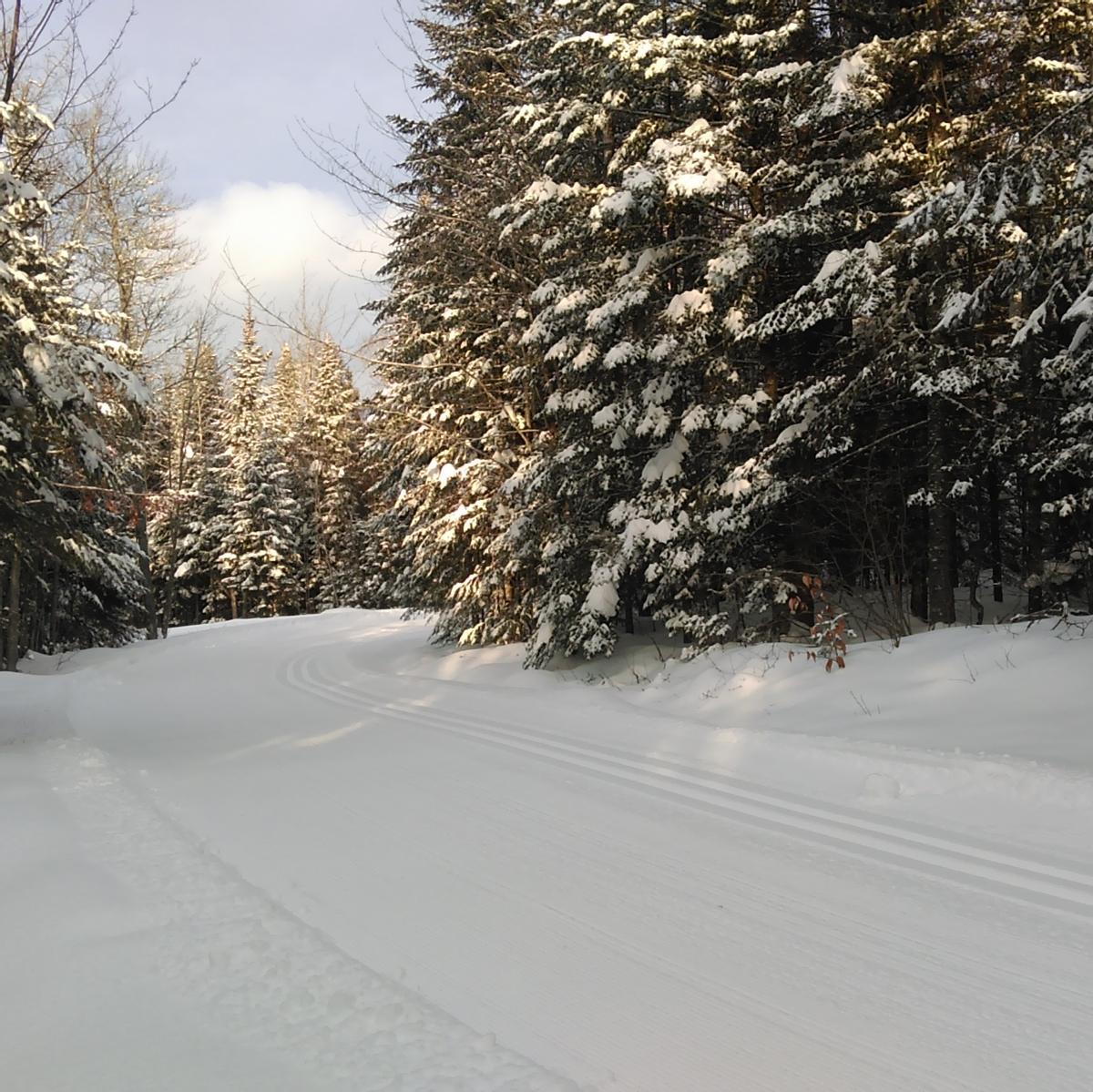
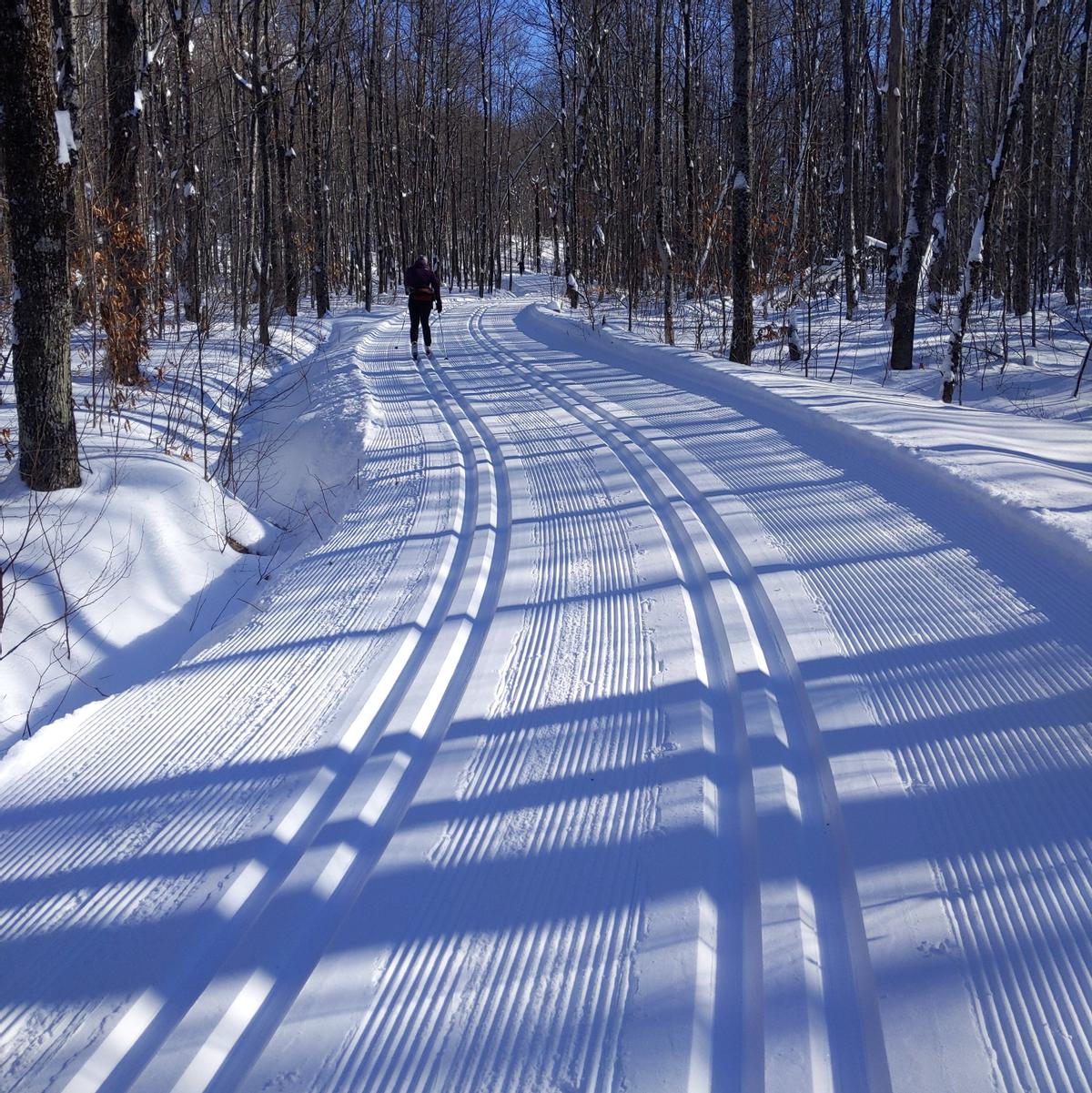
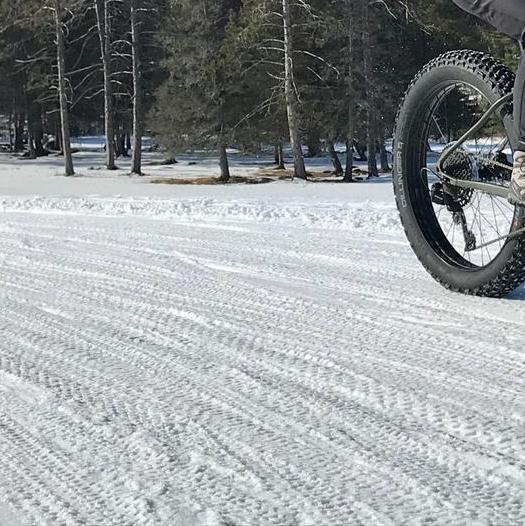
Groomed trails provide a smooth surface on which to ski or bike. Many wider trails have a smooth section for skate skiing and two narrow grooves, called tracks, for classic skiing. If you use this type of trail, please do not skate ski or snowshoe over the classic tracks. There are also narrower trails groomed only for classic skiing with one or two pairs of tracks. Other narrow trails are groomed specifically for fat biking.
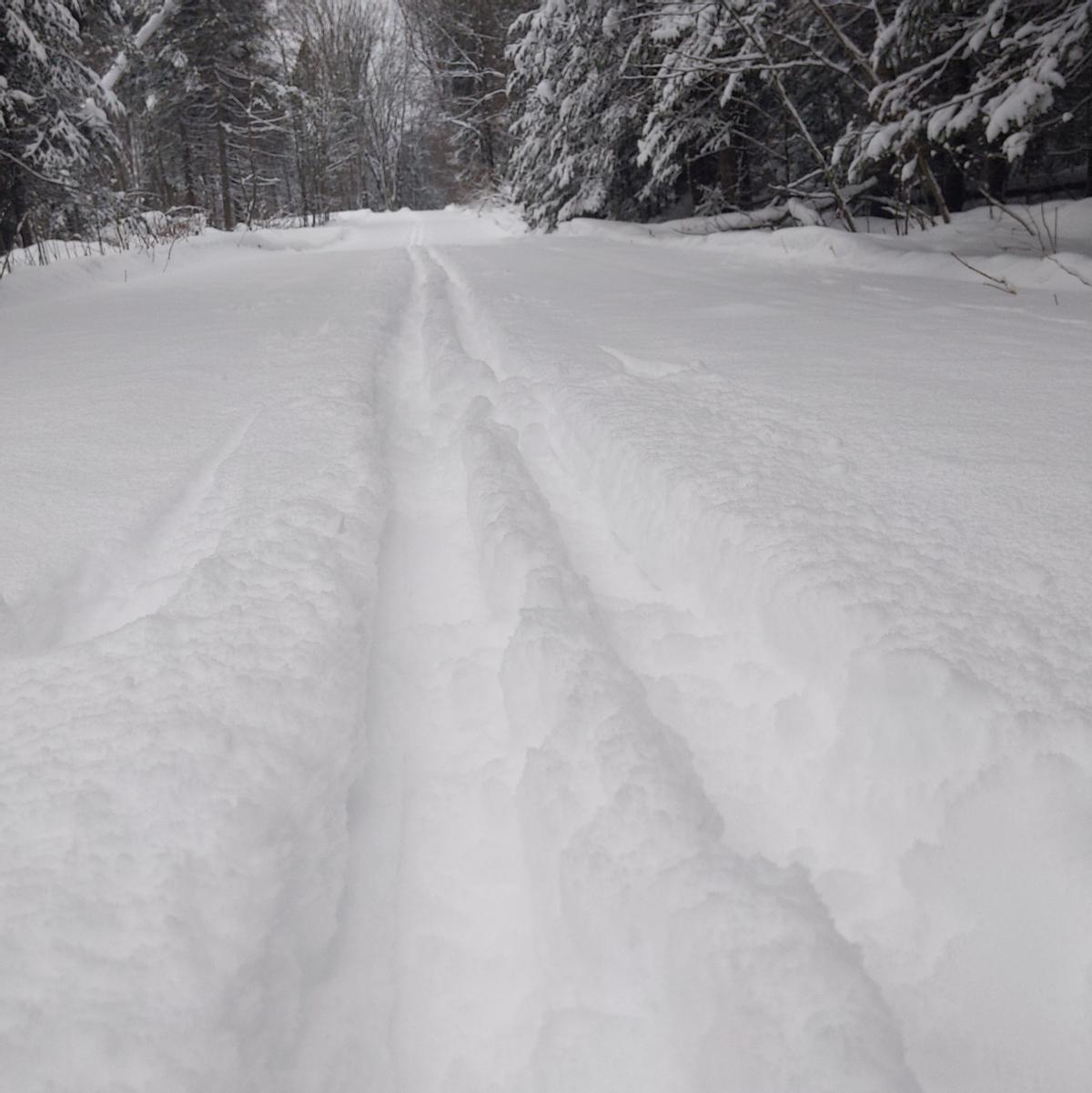
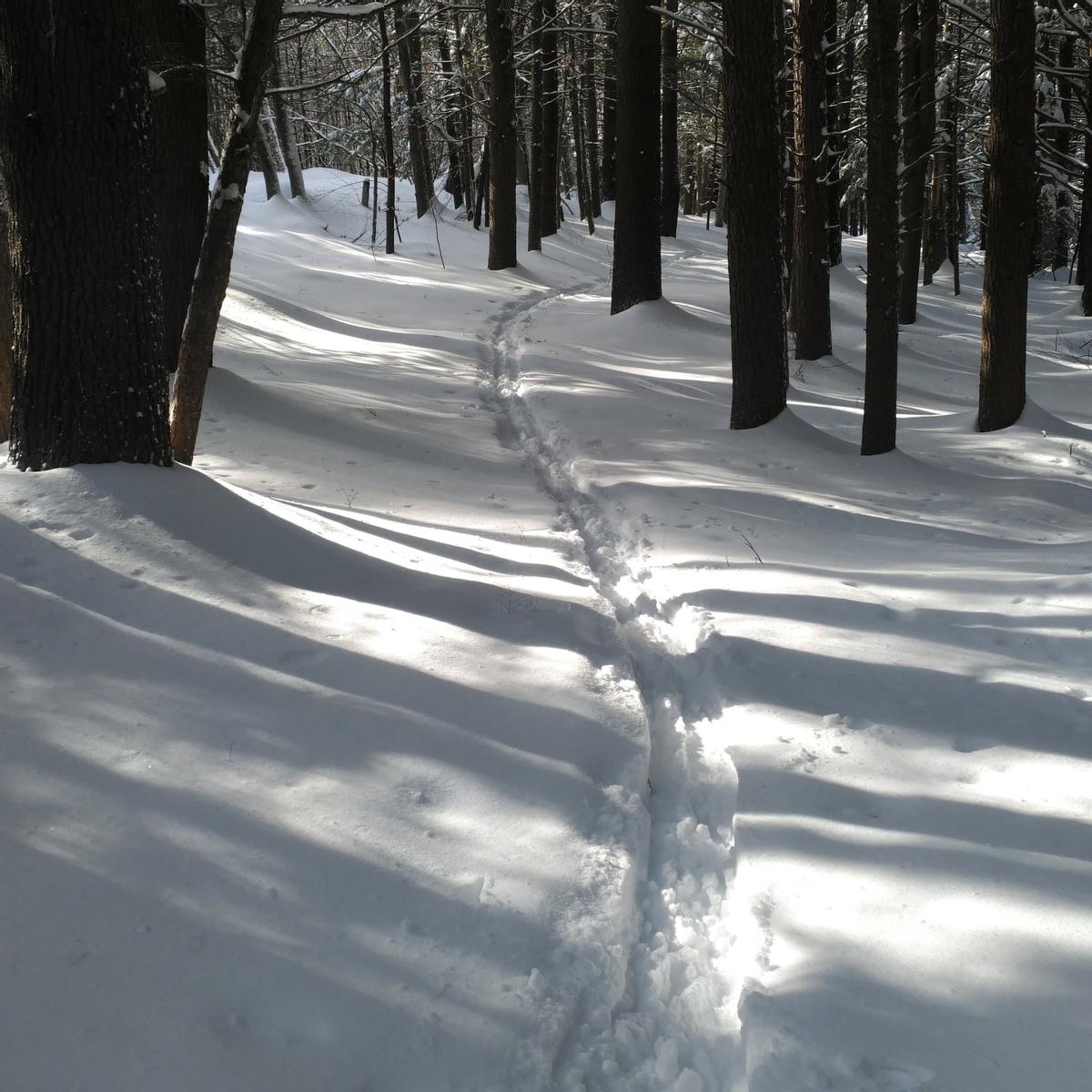
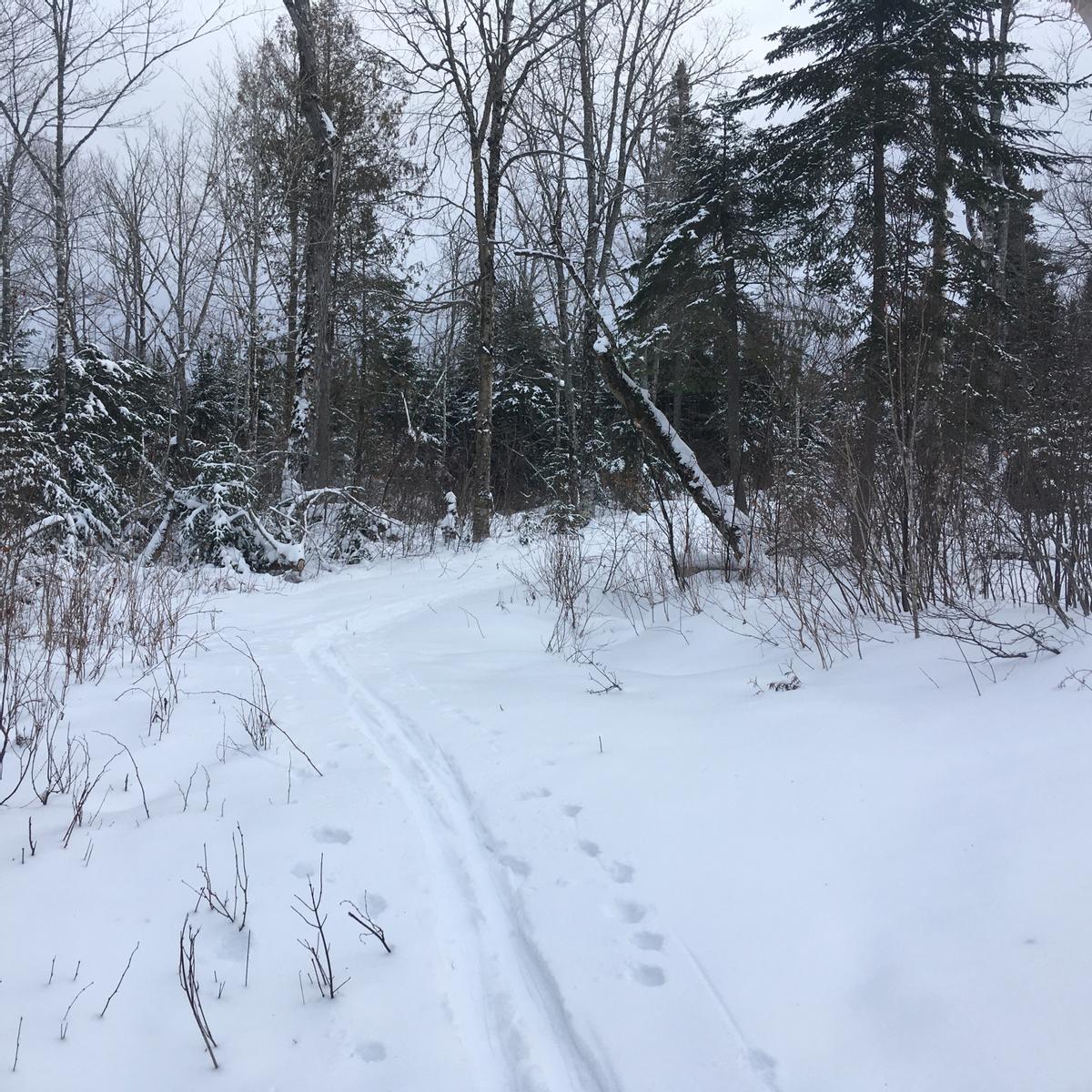
Most trails in Maine have an ungroomed snow surface in the winter. On Maine Trail Finder, we use this surface type specifically to describe ski trails that are not groomed. Usually, wider and metal-edged skis are helpful on these trails. Of course, hiking trails have ungroomed snow in the winter, too - strap on a pair of snowshoes and get out there!
Success! A new password has been emailed to you.